Media | Articles
Review: 2021 Ford Mustang Mach 1
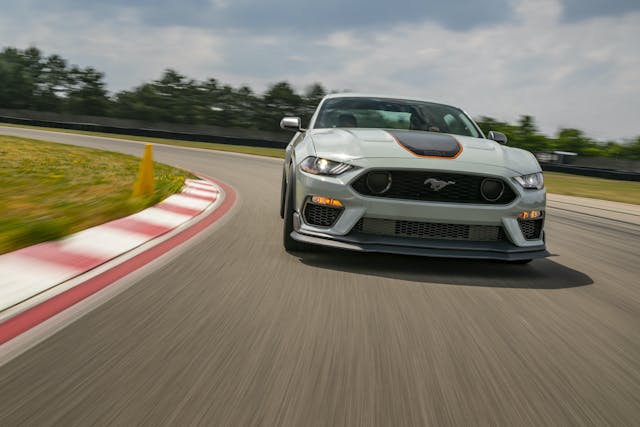
Alright, here’s the story. There’s a great American performance car that comes in two flavors: the basic variety with a pickup-truck V-8 and the crazy version with a high-revving bespoke engine and insanely track-focused features everywhere you look. They’re both great cars, but one of them feels a little tame and the other one seems to have an affinity for unscheduled service visits. Near the end of the production run, the company that makes this great American performance car decides to take some of the special go-fast stuff and put it on the basic variant. The result is a home run that might cost a little more than it should but effortlessly makes it onto all the lists of Great Trackday Cars and the like.
Can you name the car? Well, it might be the sixth-generation Corvette Grand Sport, which had much of that Z06 swagger without the engine problems and fussiness of its outrageous bigger brother… or it might be the seventh-generation Corvette Grand Sport, which handled like a dream but didn’t overheat or chew through brakes like the supercharged Z06. Heck, it might even be the fourth-generation Grand Sport, which had a lot of the ZR-1’s visual presence without the cost. You get the idea. Chevrolet is no stranger to the tweener sports car.

Neither is Ford, actually. The “New Edge” Mustang Mach 1 offered an affordable alternative to the bonkers “Terminator” Cobra with just enough extra power to put the everyday Mustang GT in the rearview mirror. Seventeen years later, we have a new Mach 1 that promises to once again hit the sweet spot between 5.0 GT and the G.O.A.T. Shelby GT500. Oh, wait. Didn’t they have a car like that? Wasn’t it called the Shelby GT350?
Compared to that GT350, which is no longer in production, the Mach 1 is cheaper ($52,915) and has measurably less on-track pace. It loses the exotic and fussy “Voodoo” 5.2-liter V-8 with its 8200-rpm redline, offering a fortified 480-horsepower variant of the standard five-liter instead. Here’s where it gets interesting. The transmission isn’t the Chinese-made Getrag MT82 six-speed that comes standard on the plain five-liter Mustangs (and has also spawned a class-action lawsuit). The Mach 1 uses the beloved Tremec six-speed from the GT350 and offers a ten-speed automatic as an option.
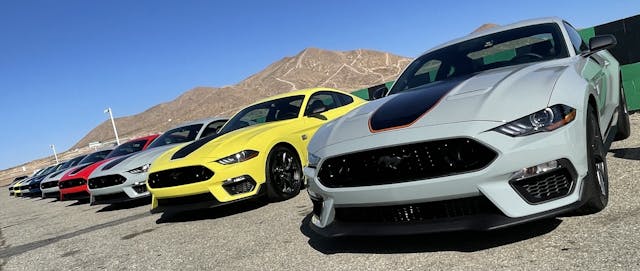
Designed to be the ultimate five-liter Mustang, the Mach 1 answers virtually every criticism of the existing five-liter while offering the option of enhanced handling. How’s it work on track and on the road? To find out, we attended Ford’s Mach 1 preview last week.
Marketplace
Buy and sell classics with confidence
The right stuff
Ford wants you to track the Mach 1. It has a transmission cooler, an external oil cooler, a rear subframe from the GT500, an available Handling Package with a nearly-square setup of 305-front/315-rear Michelin Pilot Sport Cup 2 tires, aggressive aero, and more brake cooling than the GT350. The focus is on reliable performance rather than pushing the edge of what’s possible in a naturally-aspirated pony car. If you want that … well, you had a few years to buy a GT350.
Unless you’re one of those people who trailers a stock Mustang to the track, however, you’ll need to drive it there, so we started with a loop on public roads. The Mach 1’s default mood is definitely “muscle car”; it pulls strong and true from tickover. The seat bottoms are a little flat, and the full extension of the clutch pedal feels pretty far away given the starting point, but this is fundamentally an easy car to drive.

The automatic version is, of course, even easier. There are several “drive modes”, as has been the case with previous Mustangs on this platform, but the transmission’s sport mode is operated by shifting past “D” to “S”. There’s no Tiptronic-style shifting — the paddles are the only way to shift manually — but it works just the way you want it, which means it won’t automatically upshift at redline.

On fast backroads, the Mach 1 demonstrates little of the “floaty” feel that has characterized plain-Jane five-liter GTs in the past. It can be rotated on the throttle, even with all the systems engaged, so be careful. Turn-in is eager and predictable, much like in the GT350. There’s plenty of road noise from the Michelin Pilot 4S tires; these are standard in non-Handling-Package Mach 1s, 255 front and 275 rear. Both Mach 1 variants have a six-piston Brembo front brake package that can be a little noisy in hard use.
Back on track
The 2003–2004 Mach 1 had no particular racetrack focus, but this one does, and the Handling Package makes that focus more explicit. There’s a bigger spoiler, a lot more tire under the fenders, and a massive solid front swaybar. Choosing the Handling Package also unlocks access to a unique color, “Fighter Jet Grey”.

After a few decades of driving and racing manual transmission cars, I am still a bit amazed and occasionally annoyed by the no-lift-shift feature of the Mach 1’s manual transmission, which requires a little mental reprogramming. The same goes for the rev-matching on downshifts. Both of these electronic features are well-managed, however.
The Mach 1 feels stiffer than a standard GT and less heavy on the move. It’s not a GT350 in terms of absolute grip and direction-changing ability, but Ford isn’t trying to make that claim. The traction control comes in to restrict you pretty quickly on corner exit. Most drivers will want to switch it off and just run the AdvanceTrac ESP. You can push pretty hard and only significant moments of aggressive driving will find you restricted.
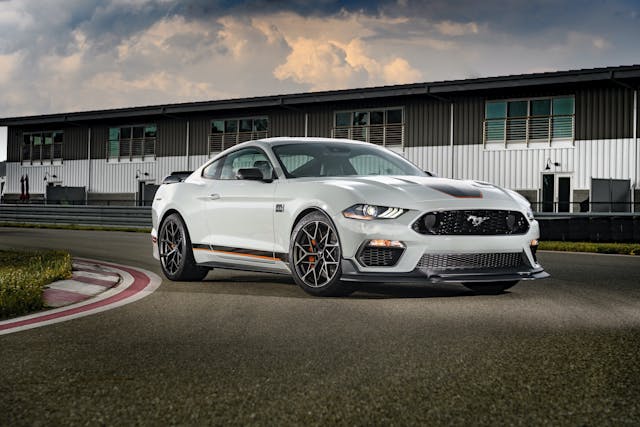
Several of my coaching clients have Mustangs, and a few of them are physically unable to drive a manual transmission, so I was very interested in how the ten-speed Mach 1 would perform on-track. On a tight course like California’s Streets Of Willow, which is where our track test took place, it can be tough to immediately choose the right gear from the ten available. Happily the torque curve is broad enough to not punish you for running a gear or two high in most circumstances. Shifting is rapid and predictable, but the elapsed time before calling for a gear with the paddles and actually getting that gear can occasionally feel like eternity on rapid corner entries.
The sweet spot
Does this fifty-two-thousand-dollar (plus several available big-ticket options) Mustang really hit that Grand-Sport-style sweet spot? I’d argue that it does. By combining the most reliable and best-loved parts in the corporate LEGO box, then adding a remarkable amount of special-purpose engineering for a car this late in its product lifecycle, Ford has created a boulevard muscle car superstar that won’t embarrass itself on track. It’s hard to find any serious fault in the Mach 1, and the virtues of the car are clear to see. Expect it to be as popular with the recreational-trackday crowd as it will be with the Cars and Coffee crew. If you’ve been waiting for just the right Mustang, this might be it.
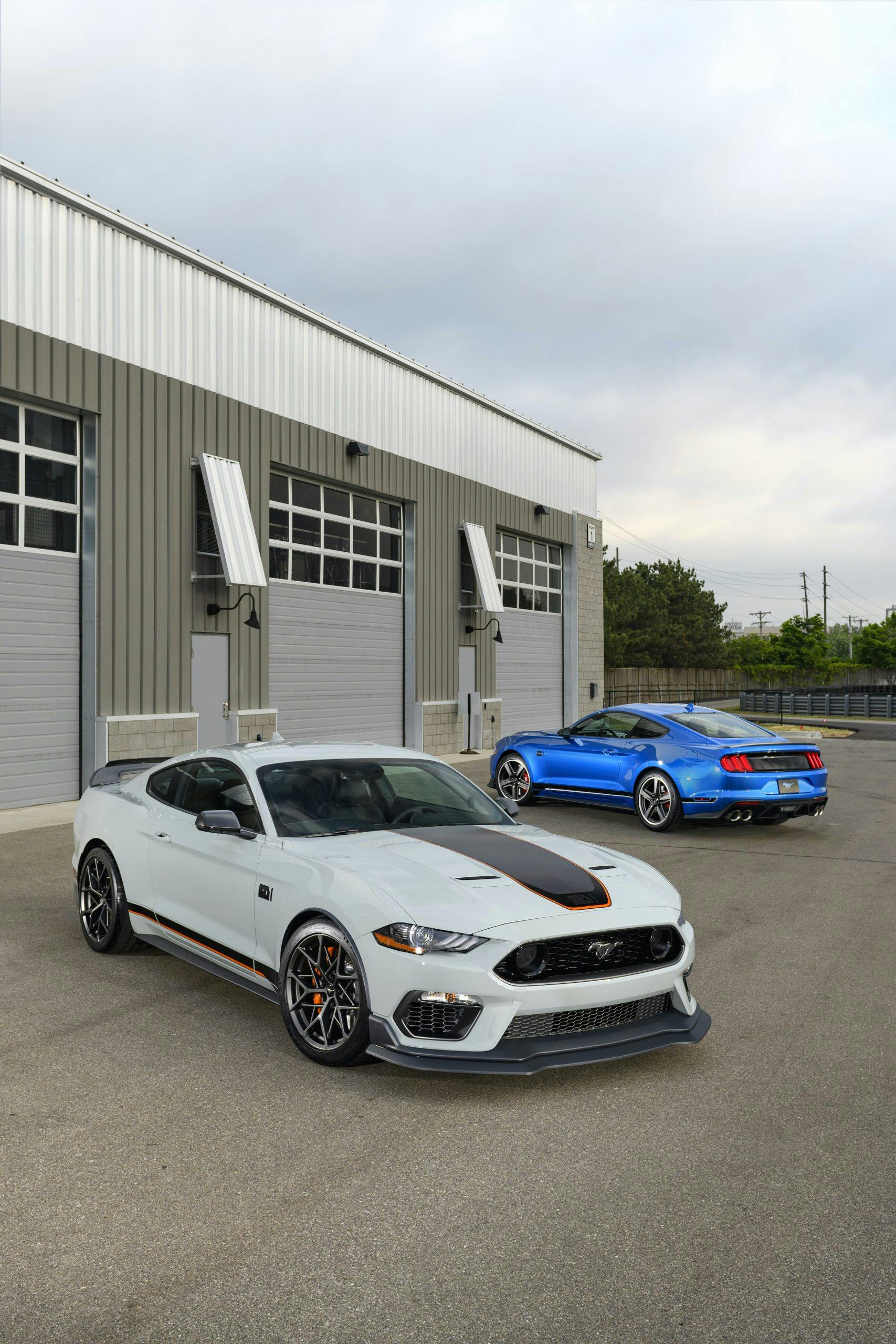
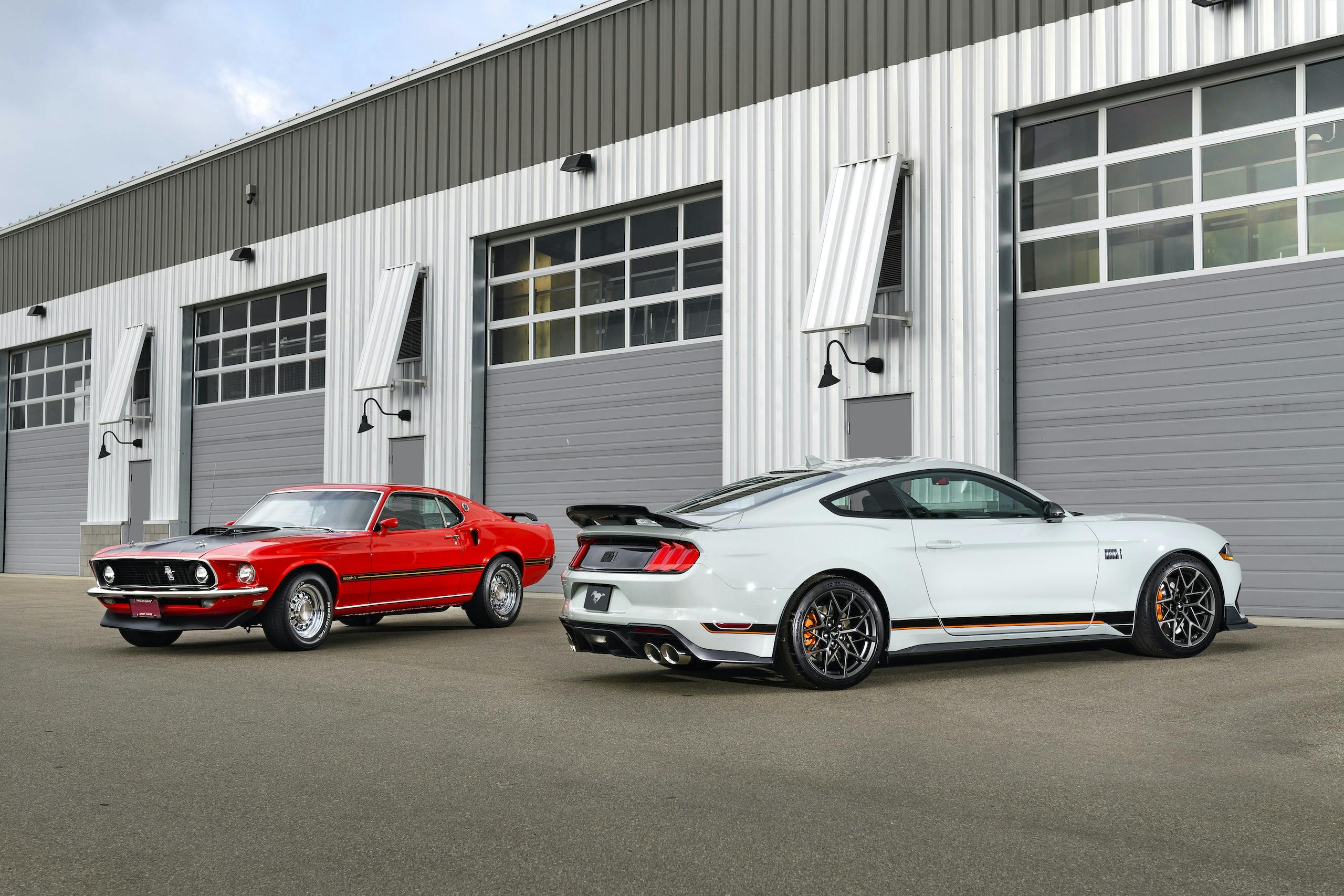
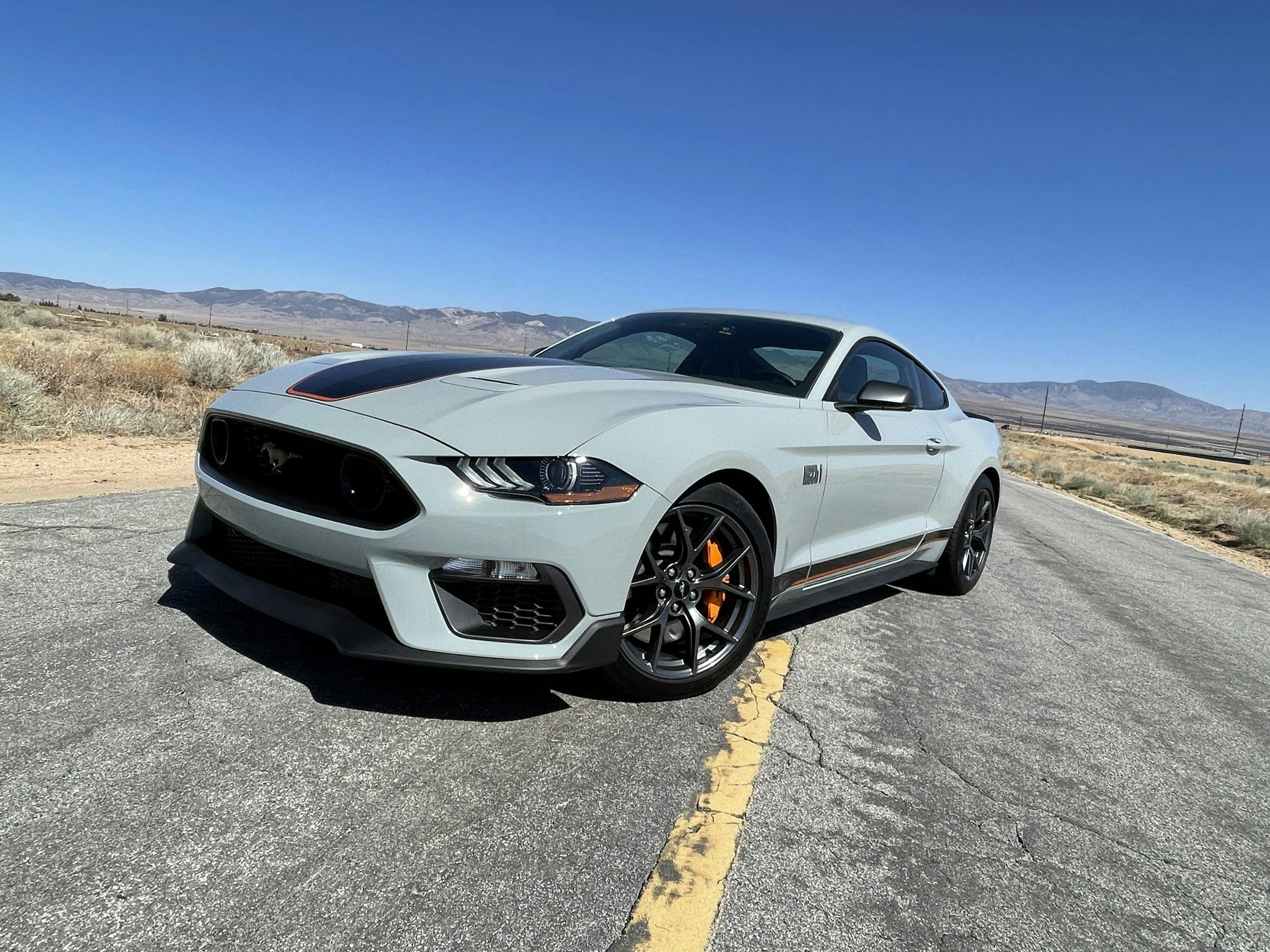

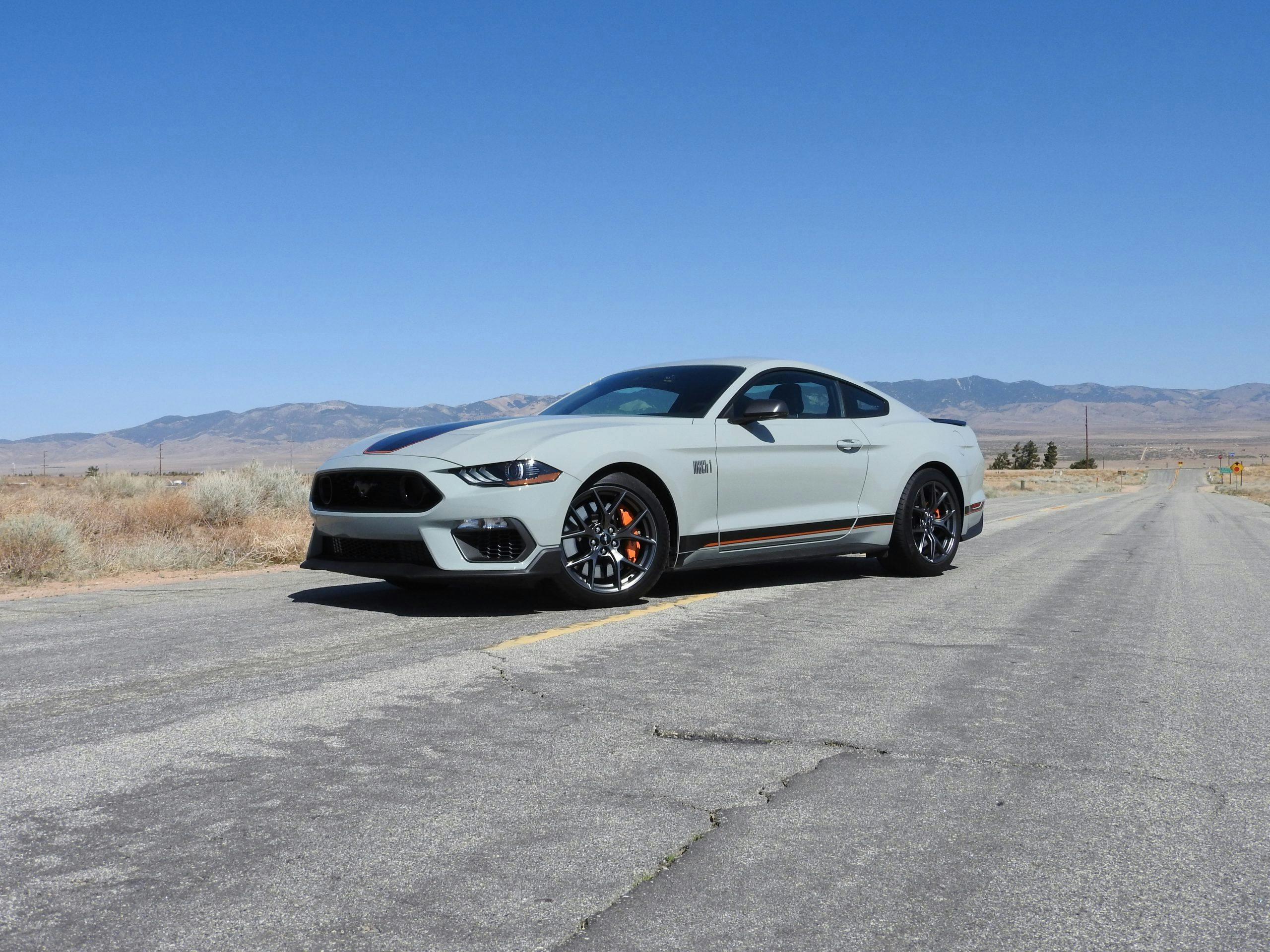
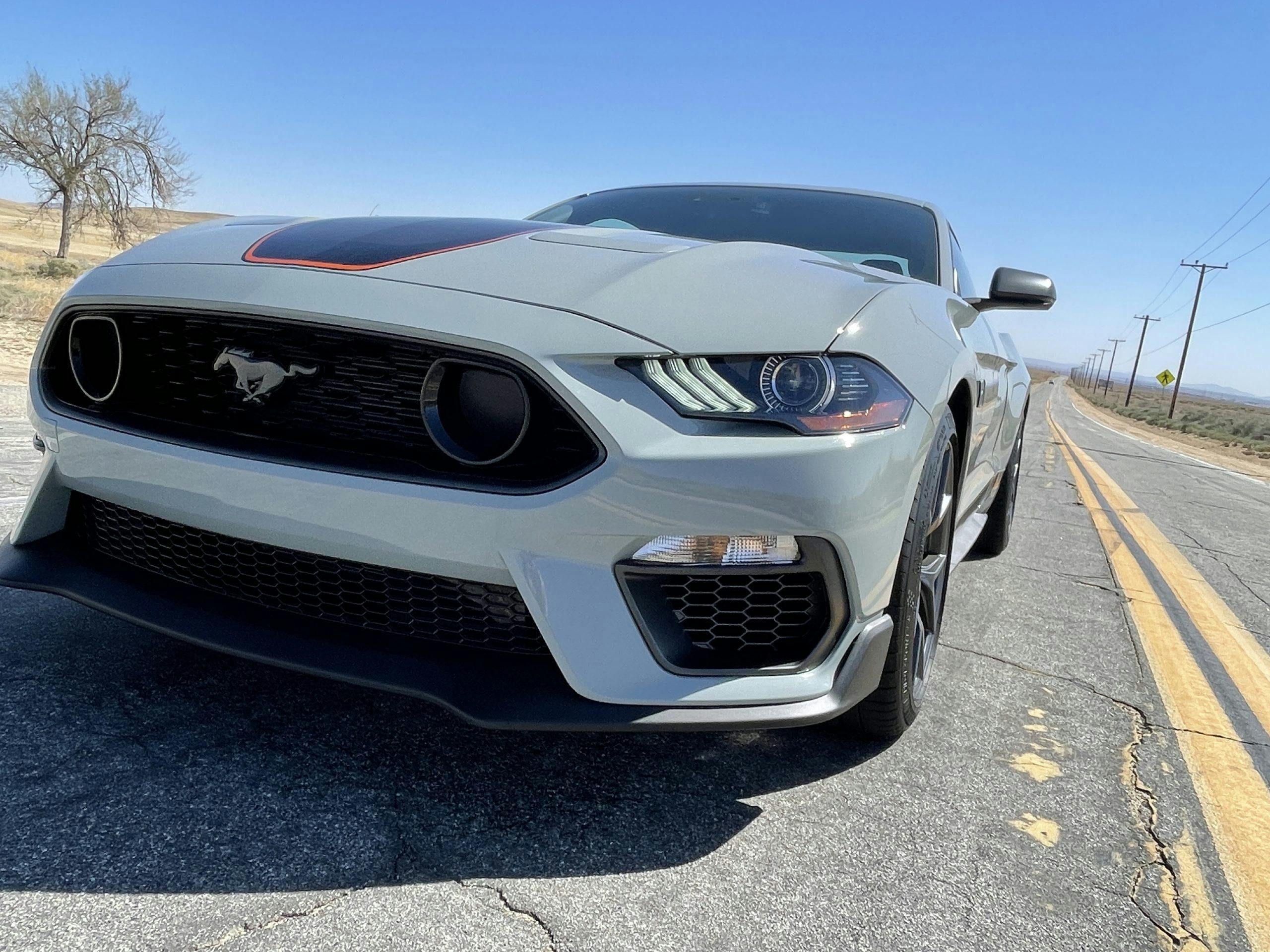

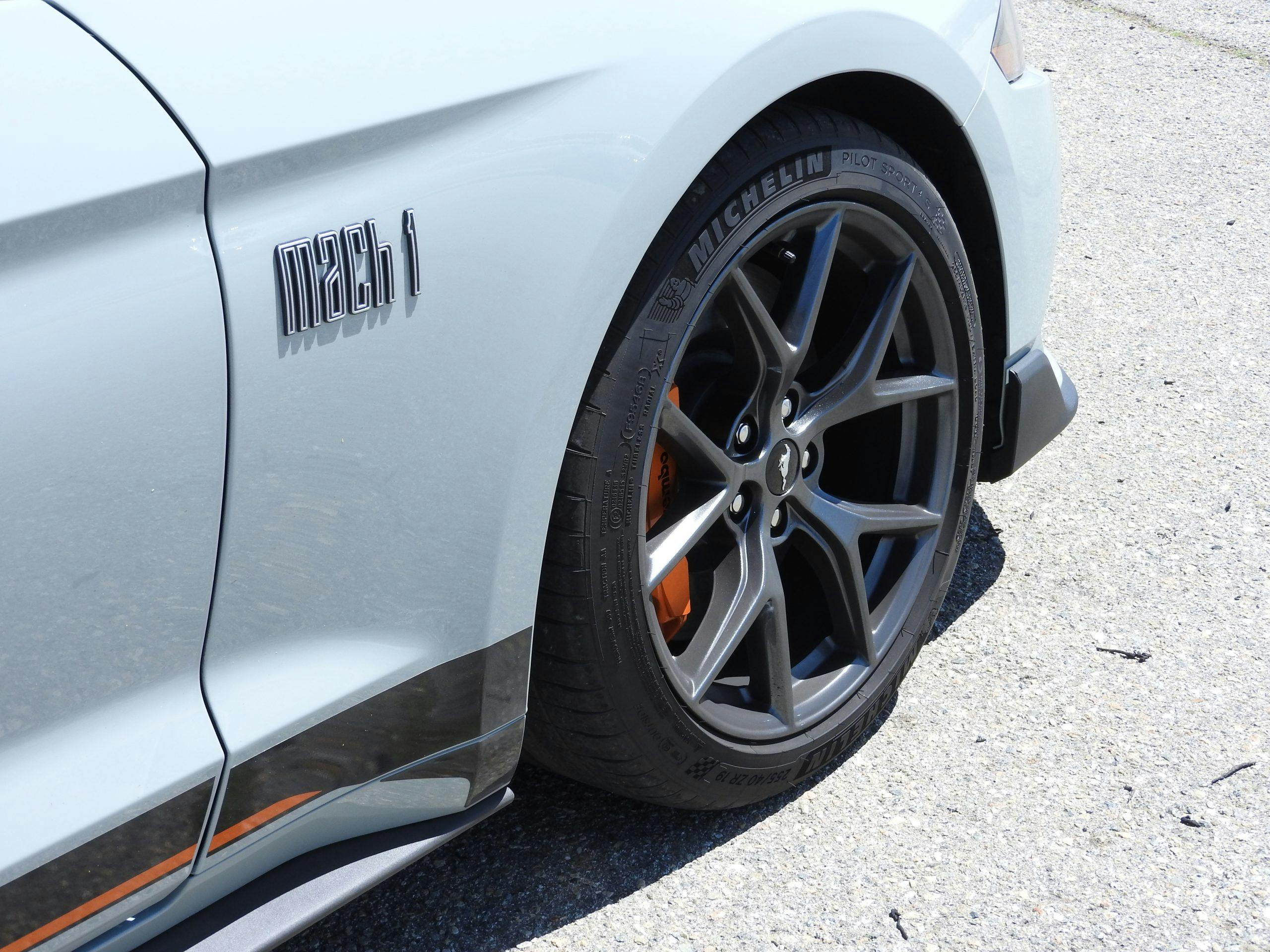
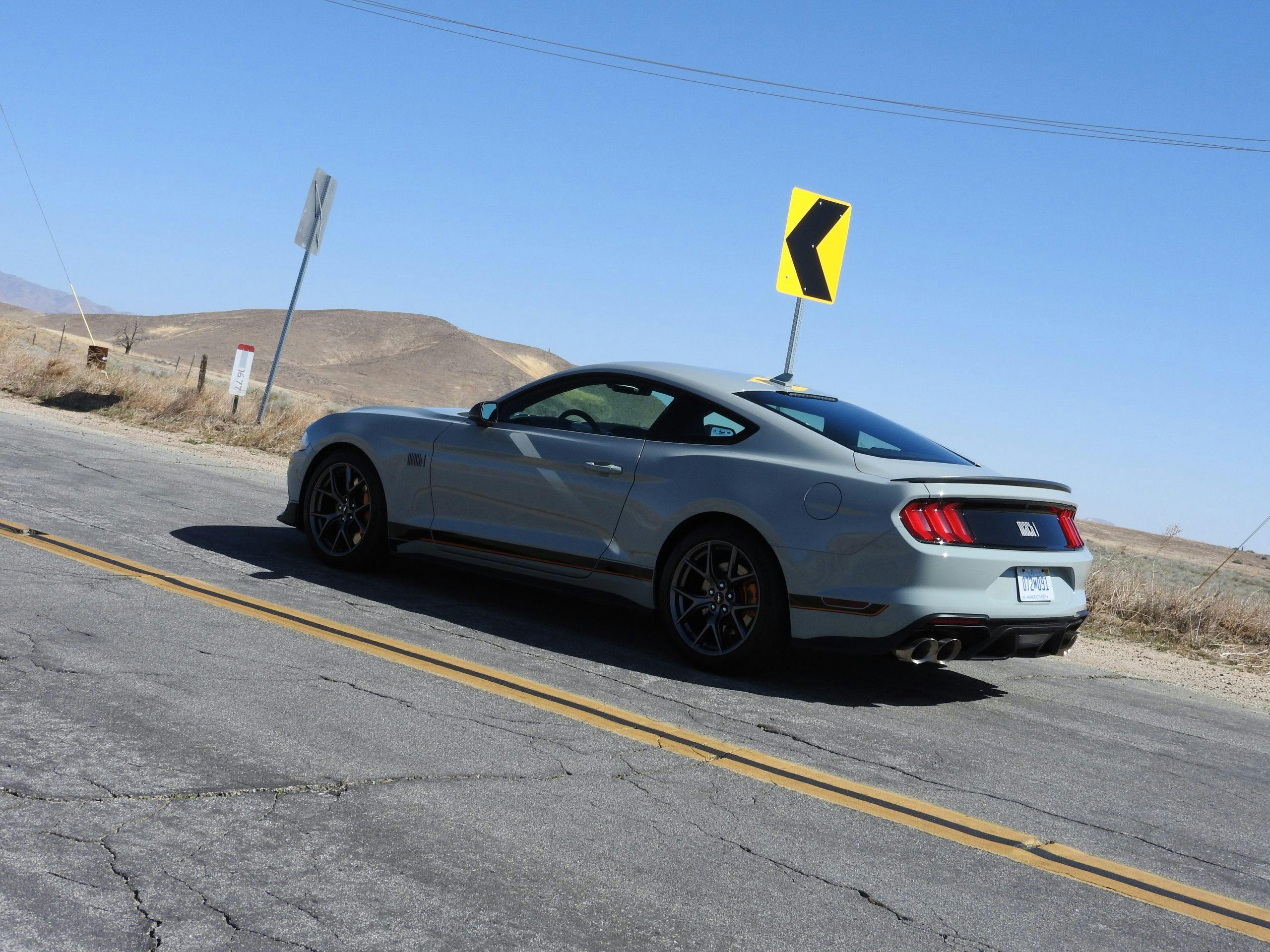
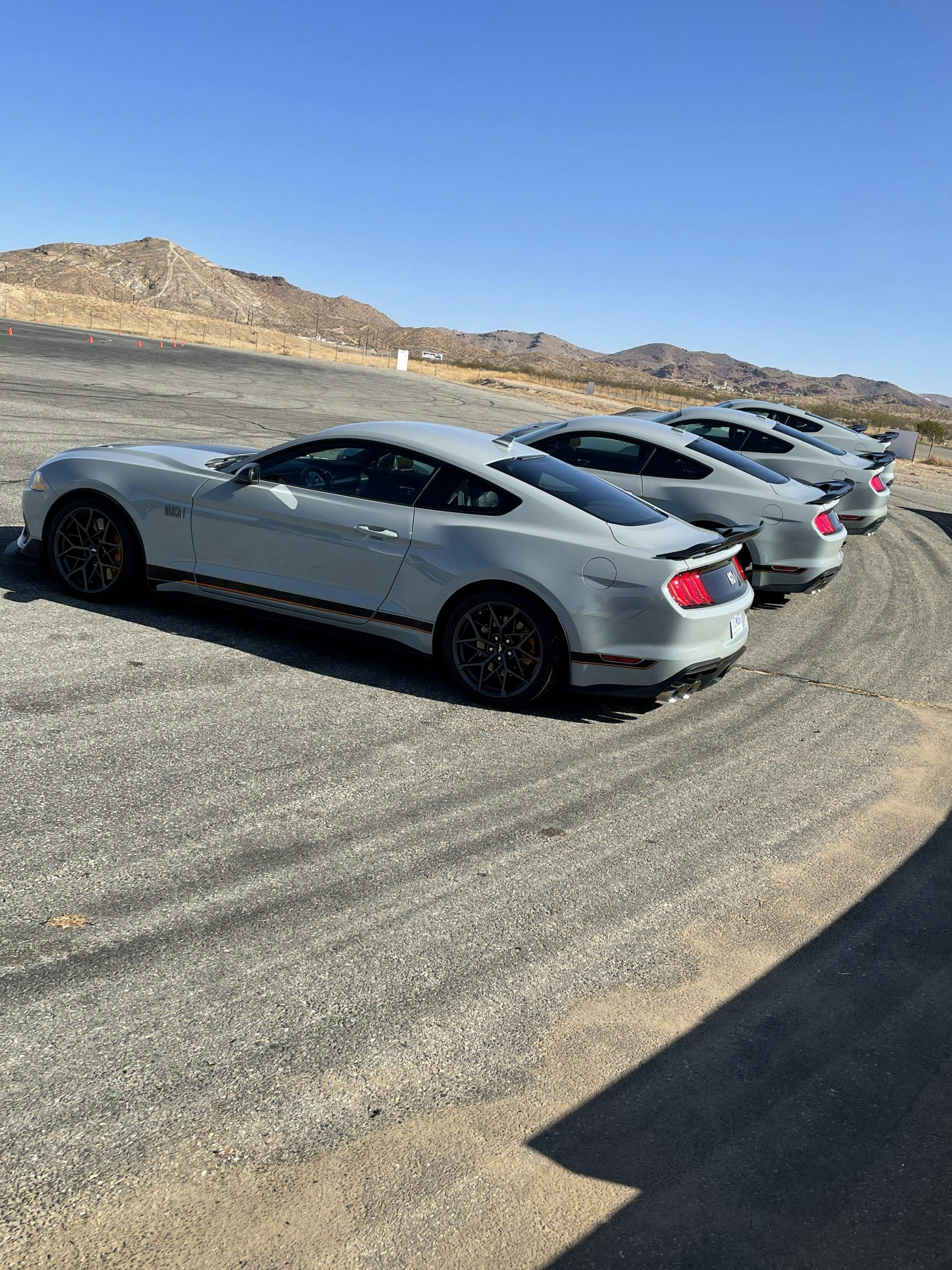

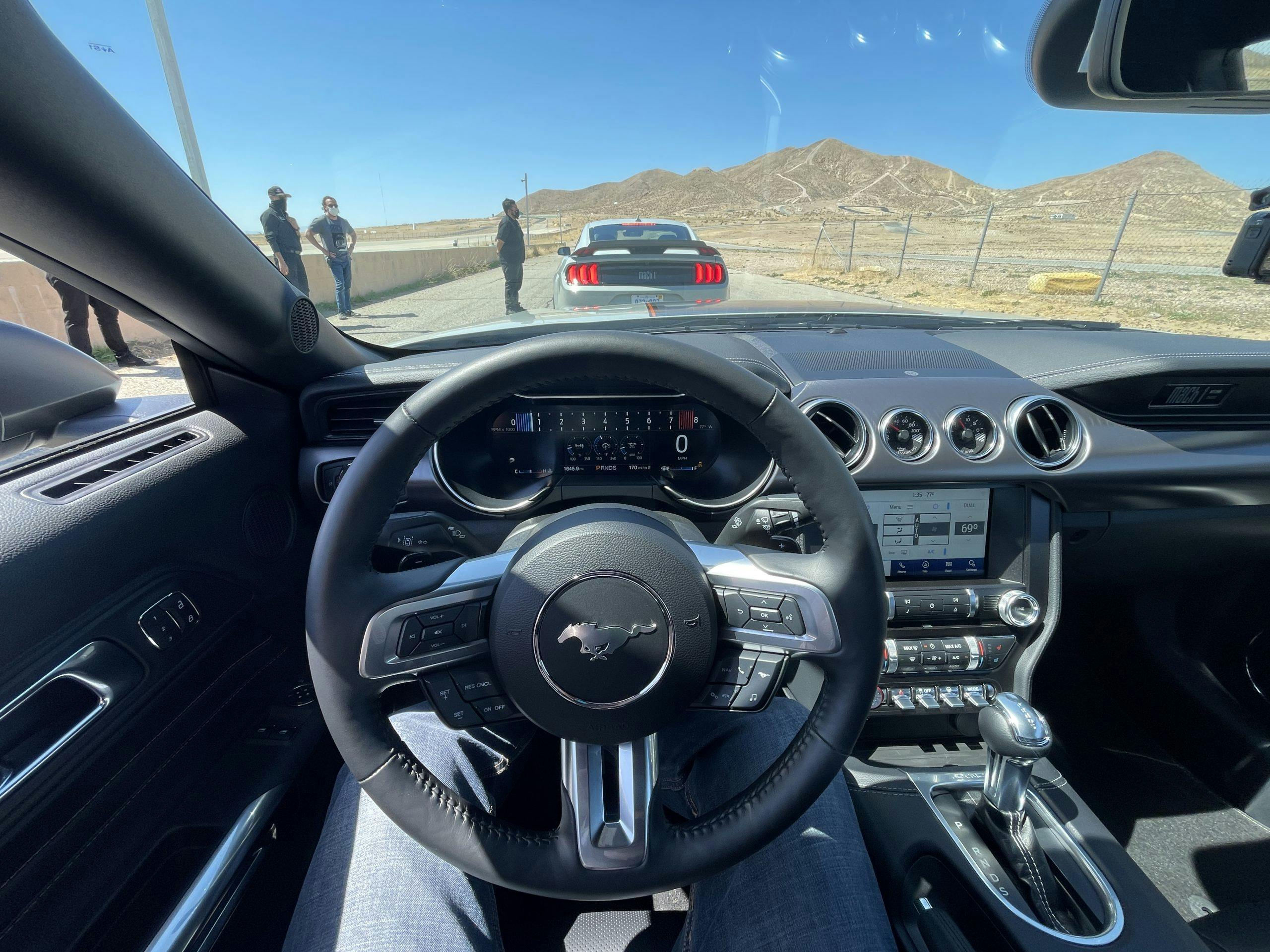
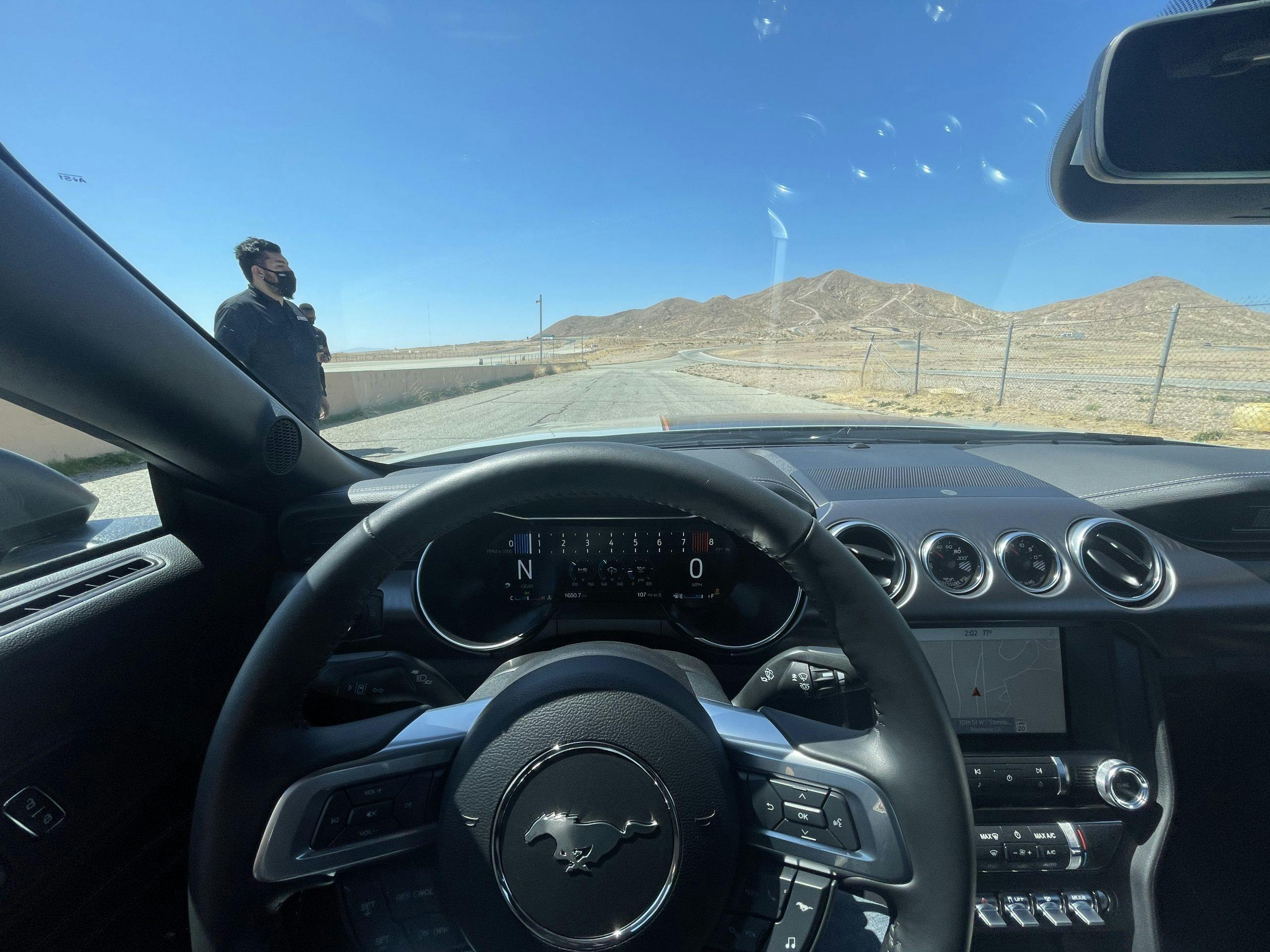
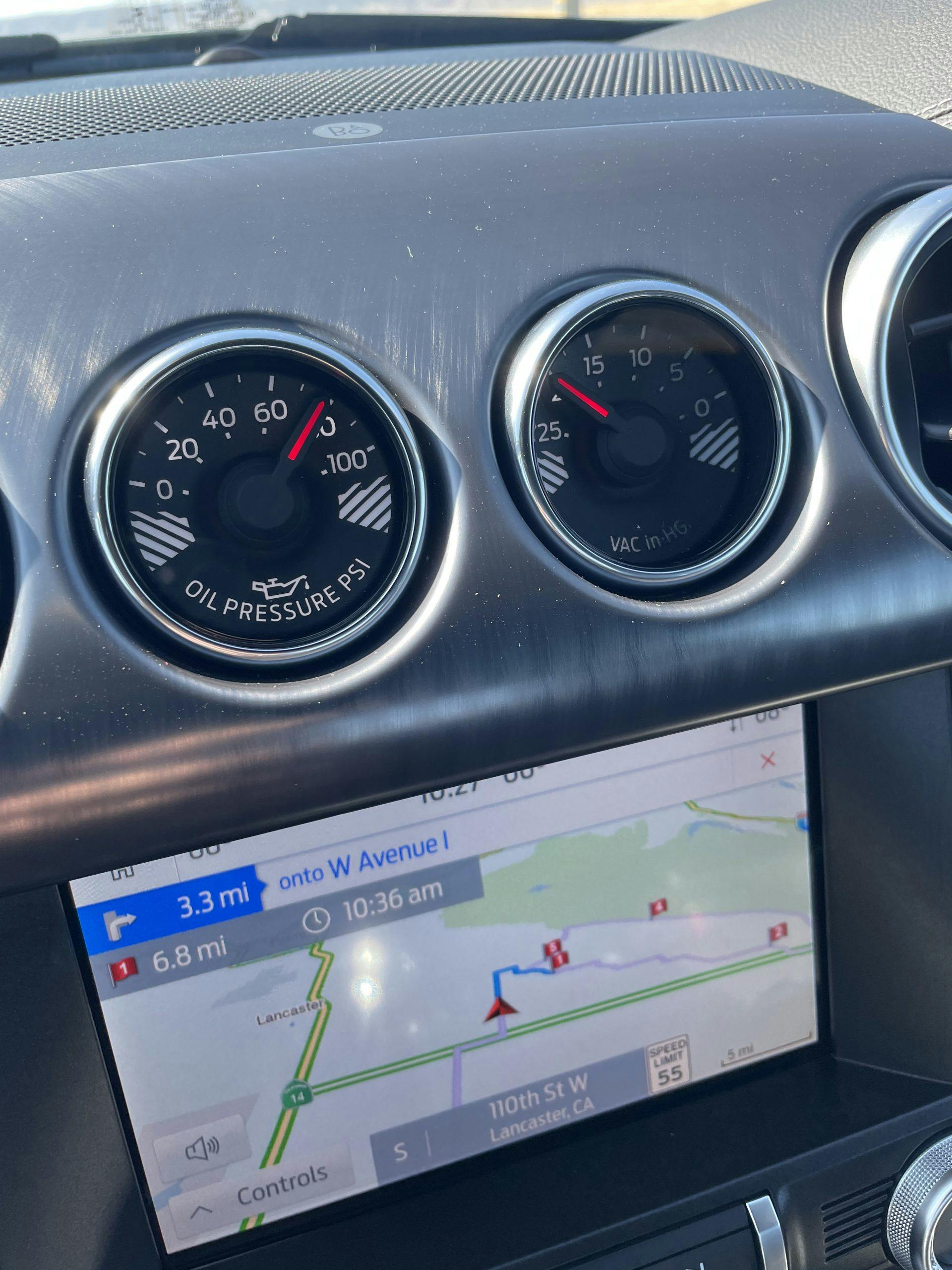
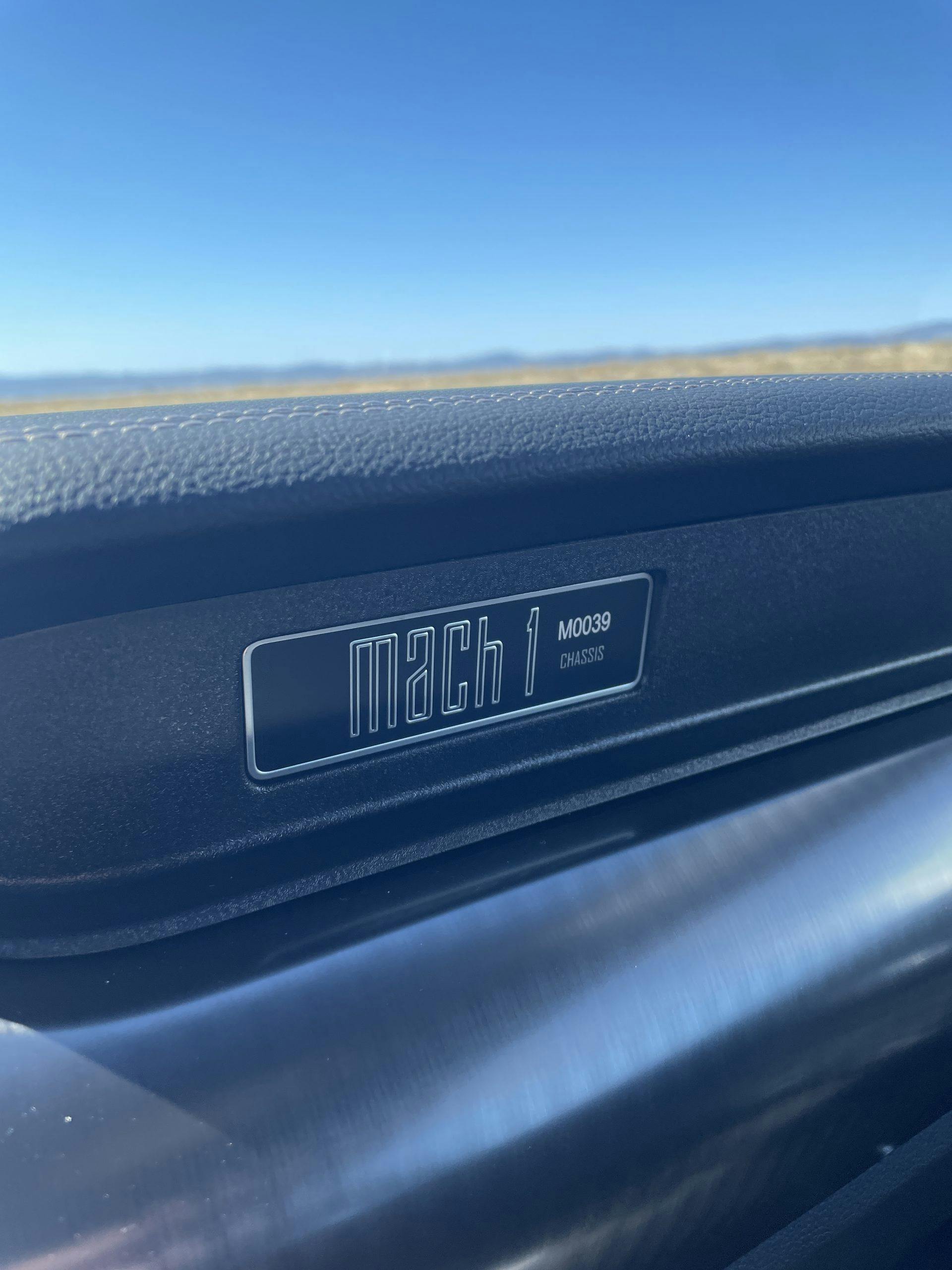
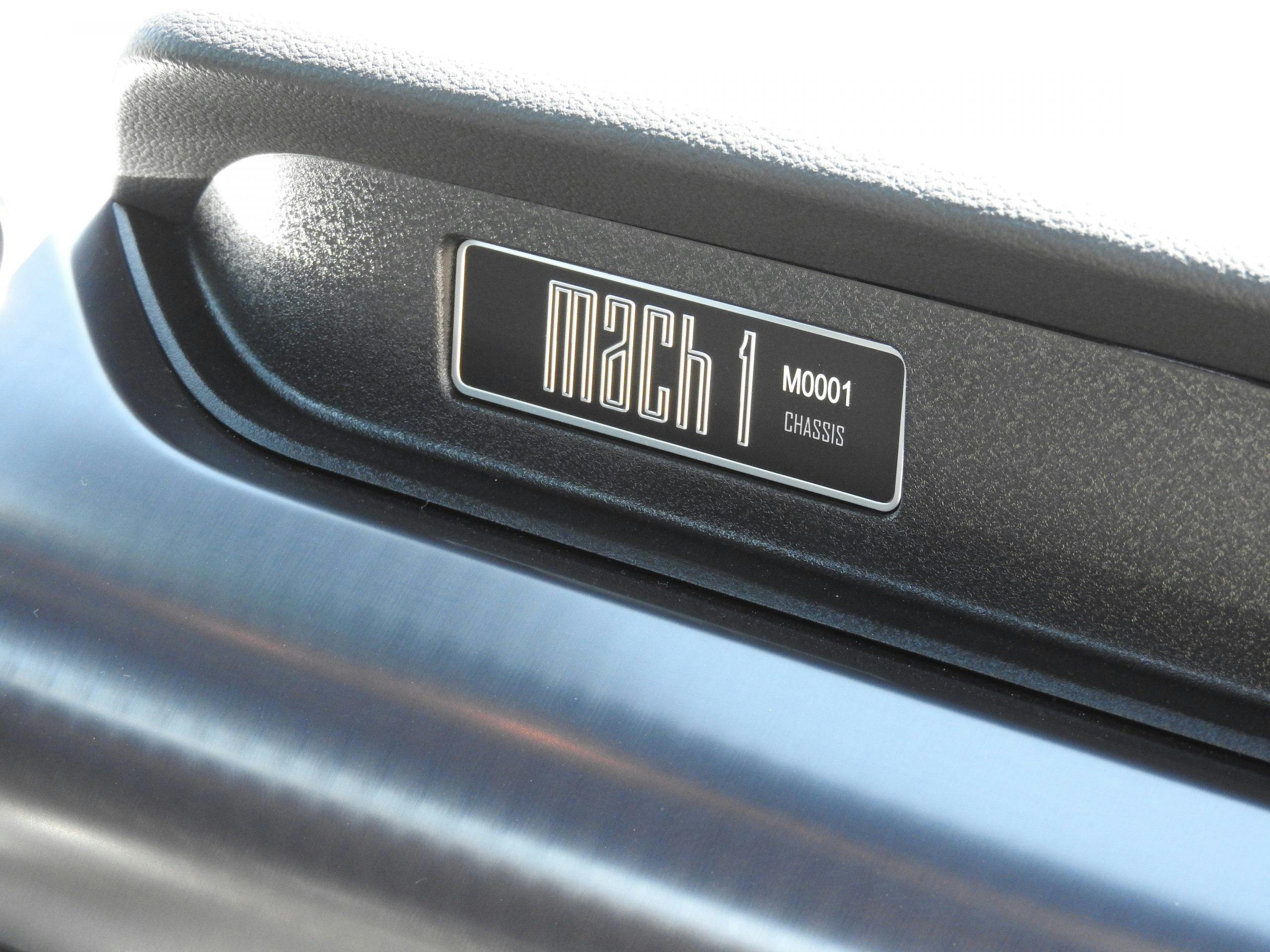
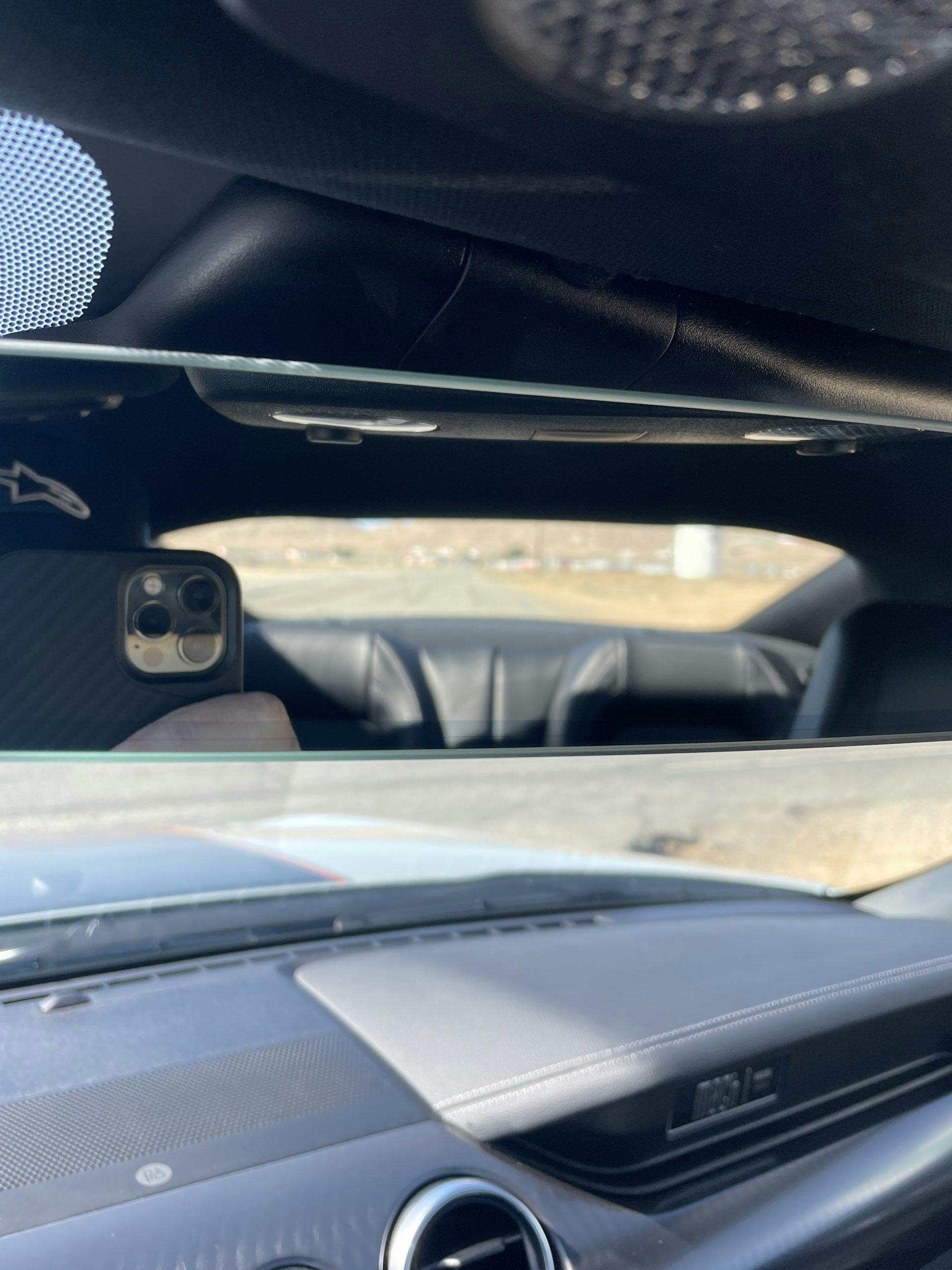
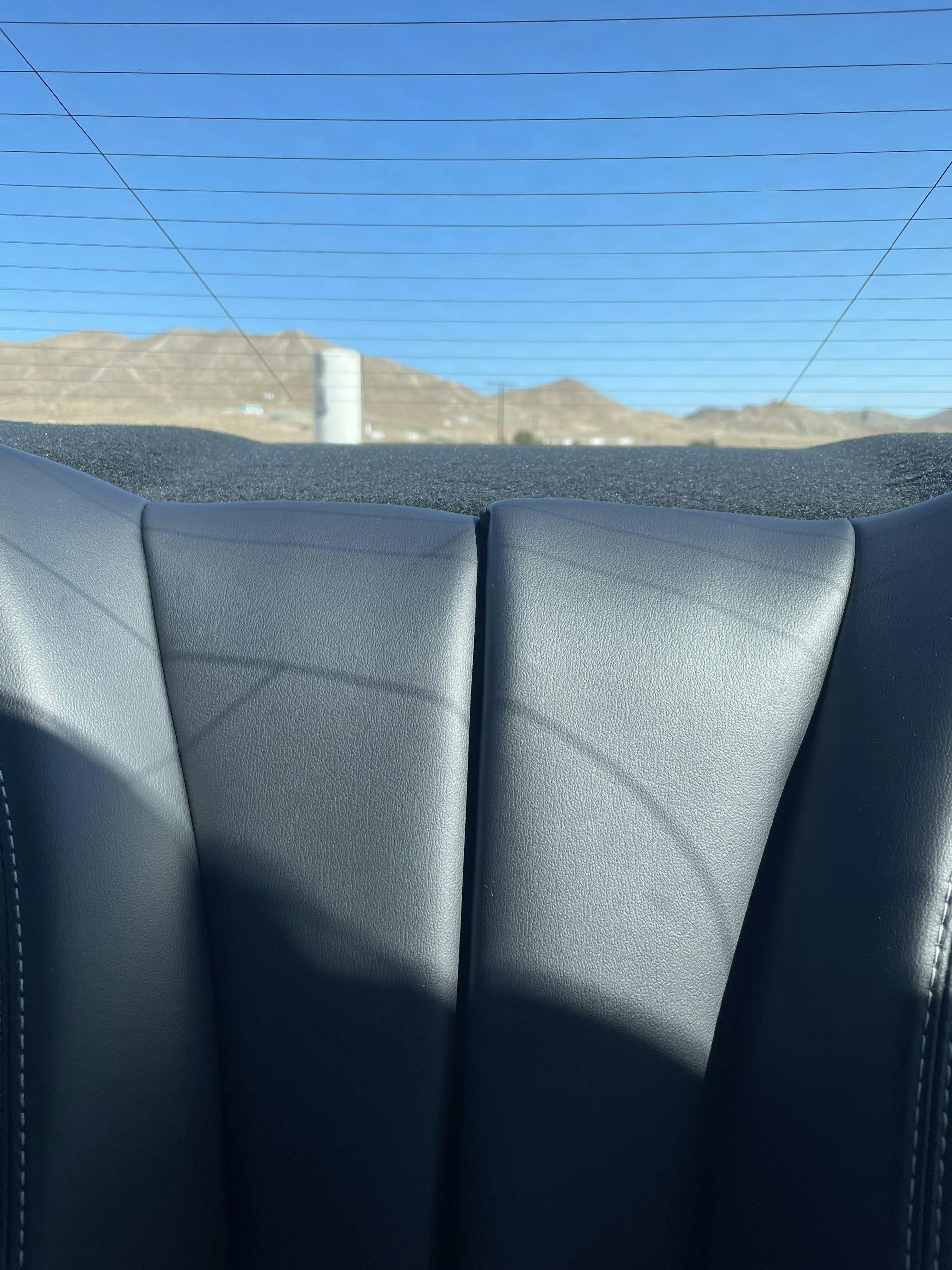
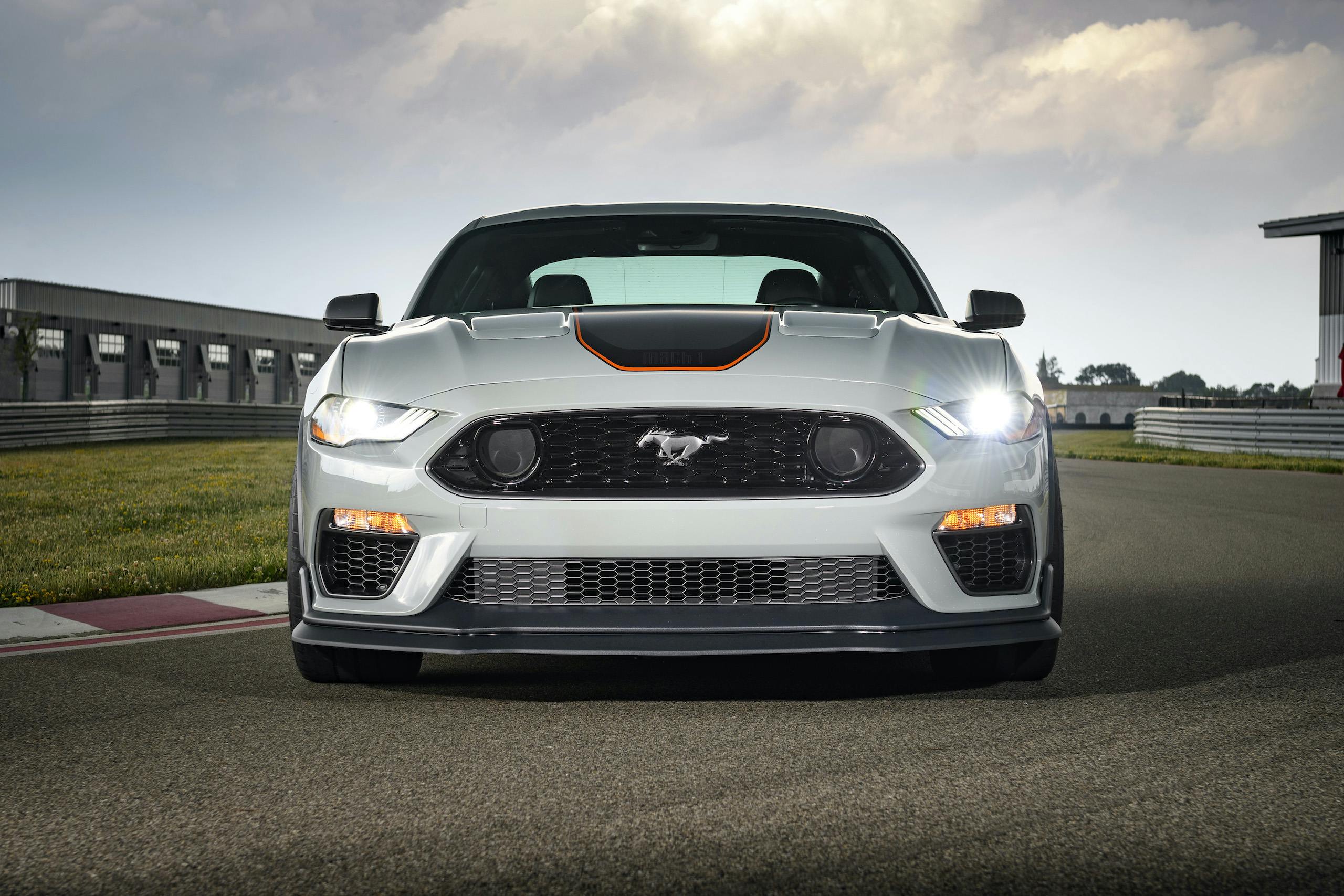


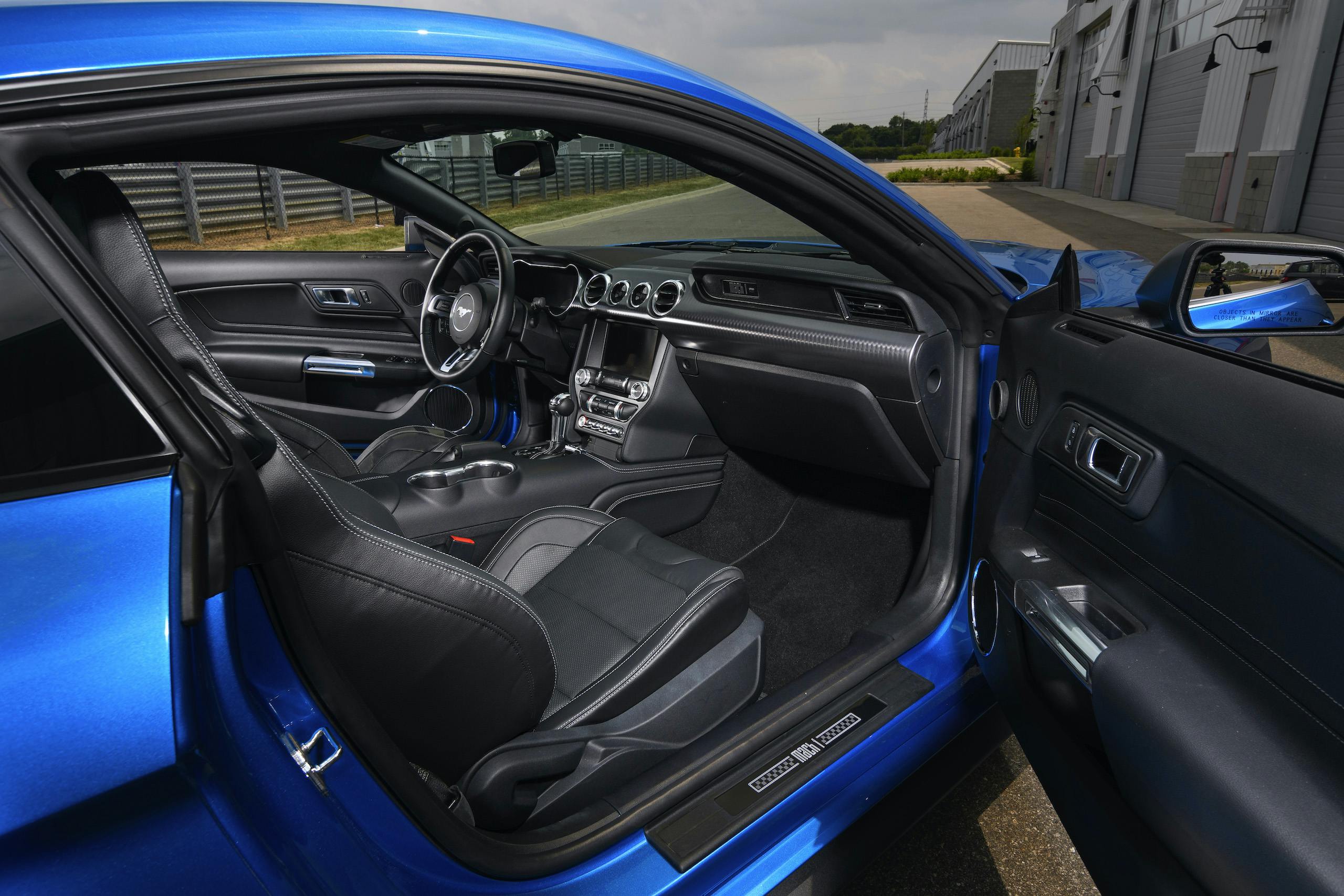

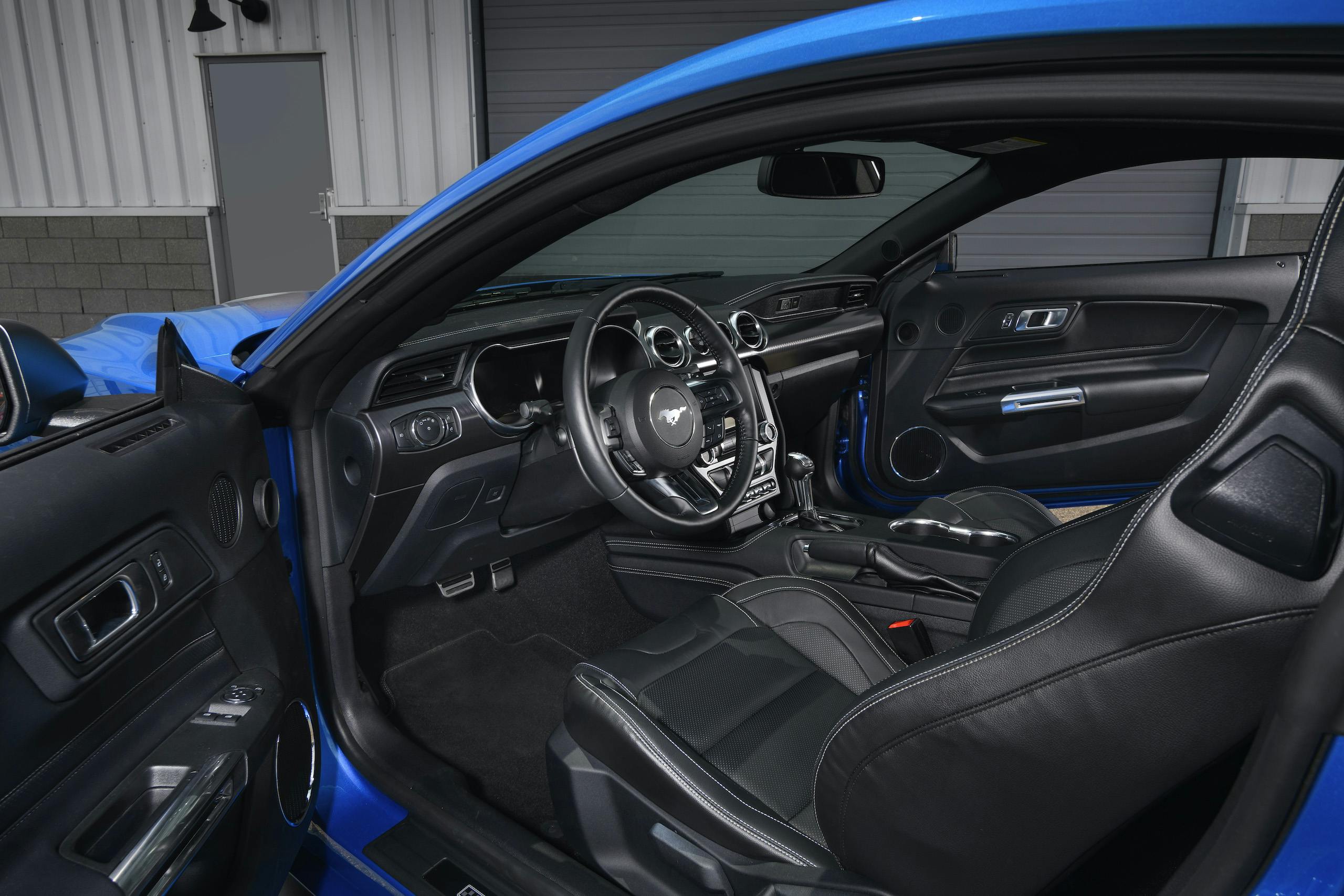

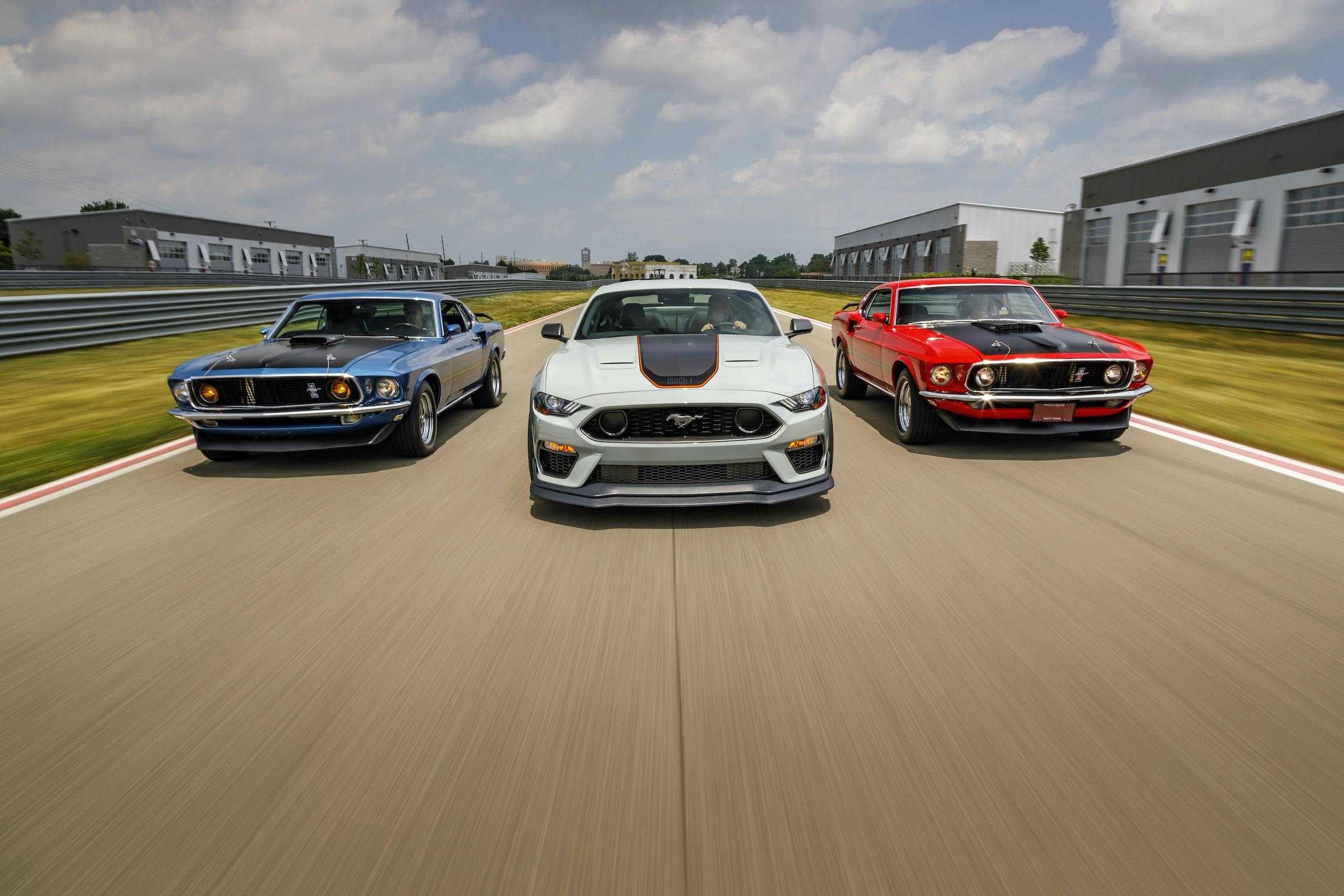
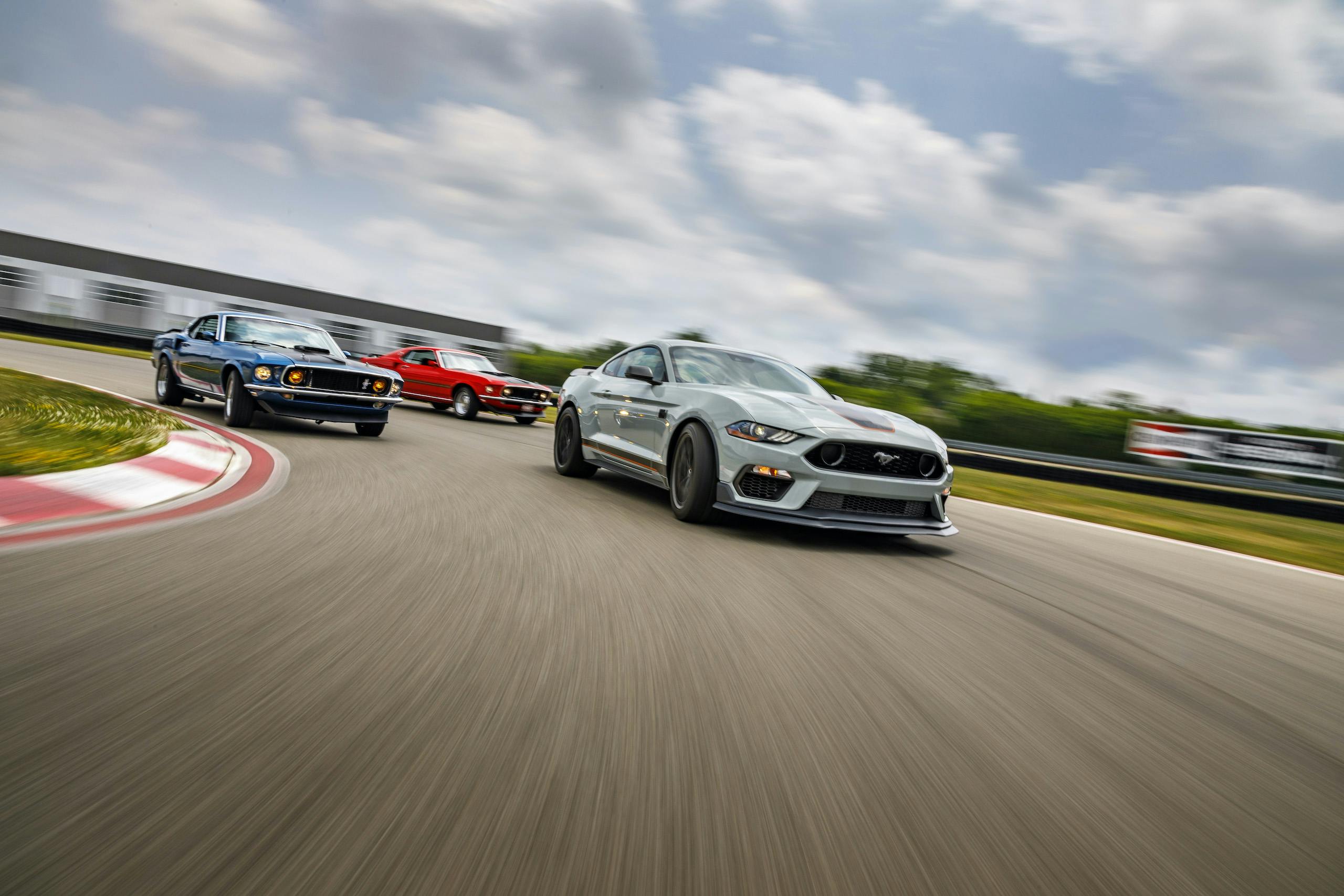

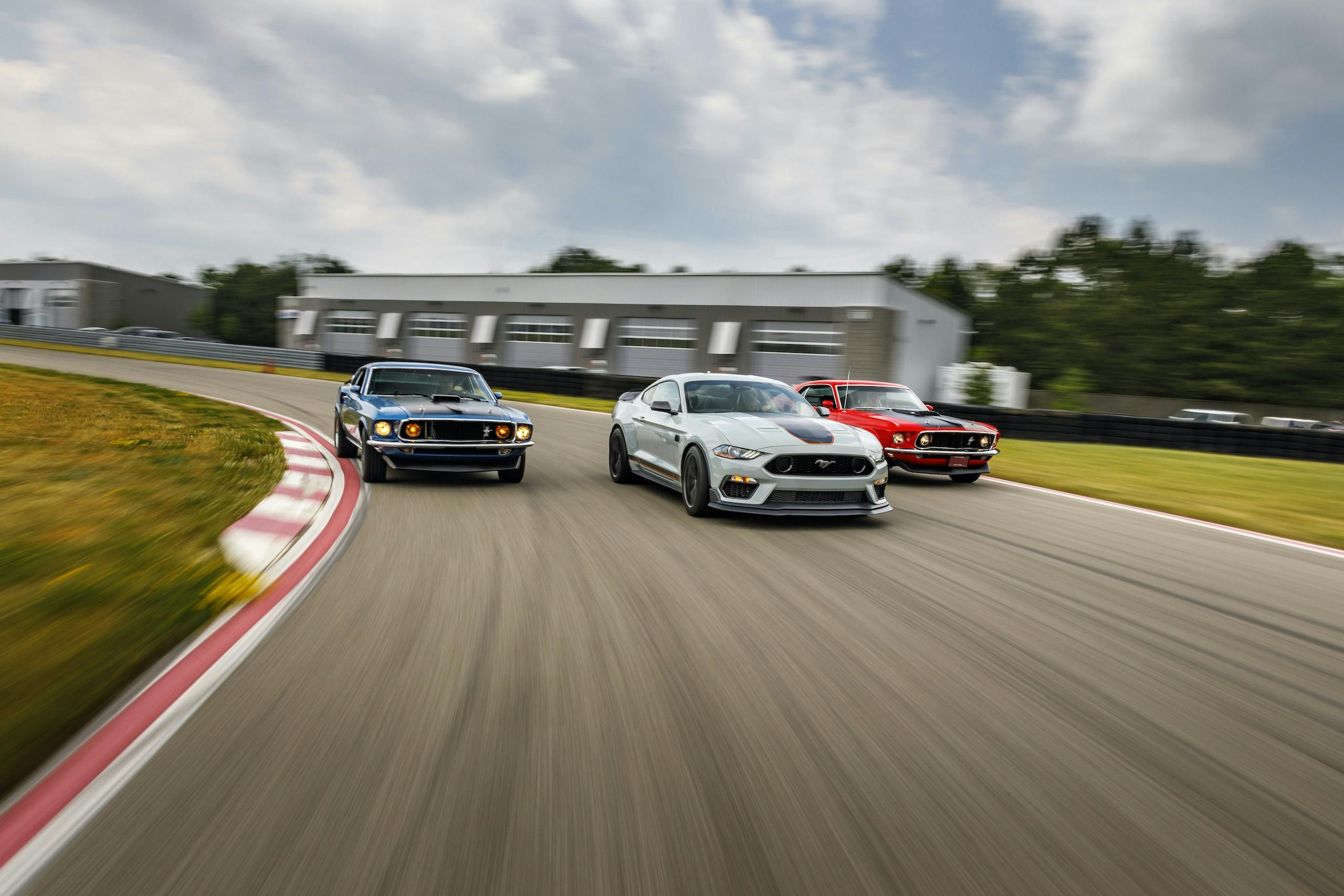
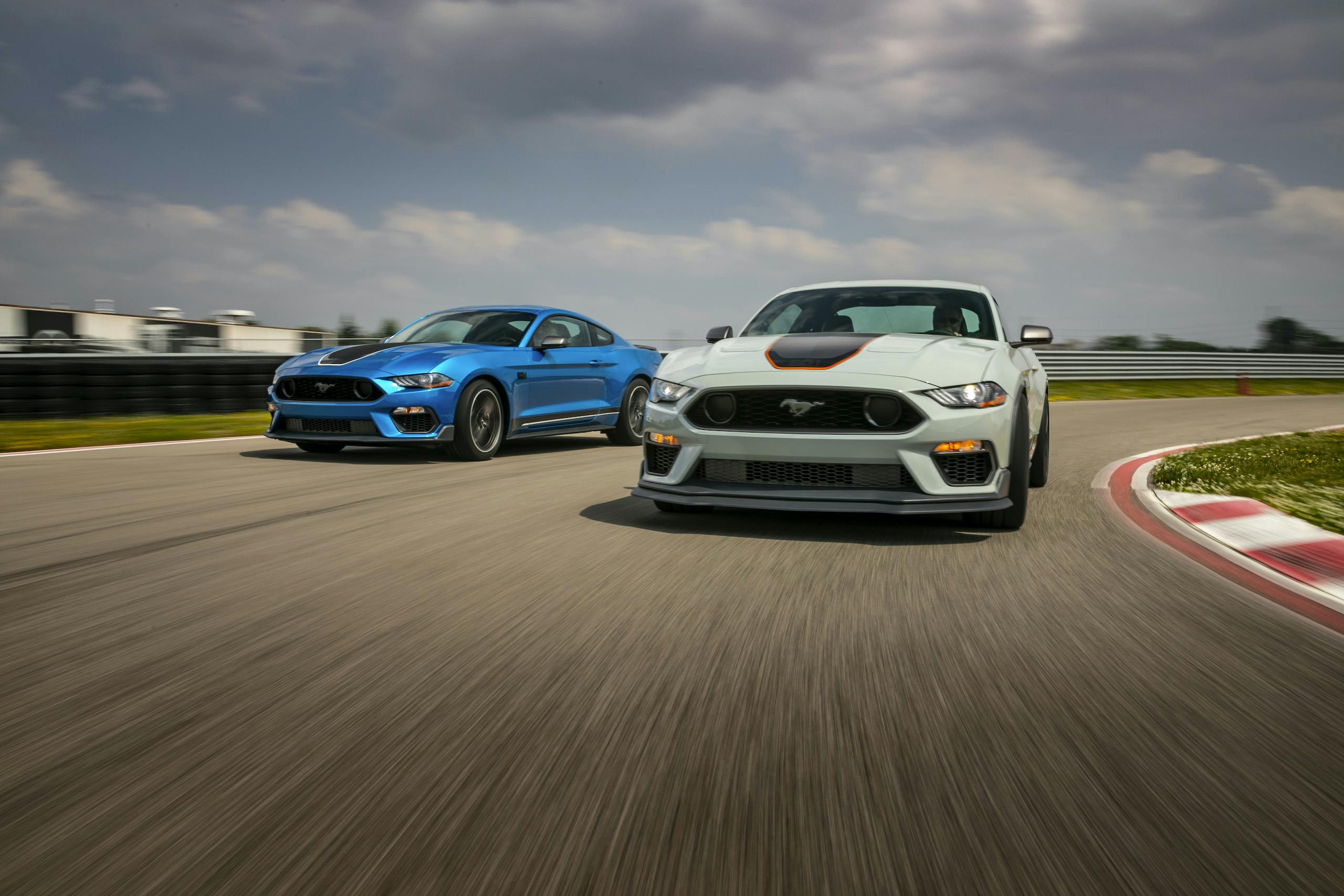
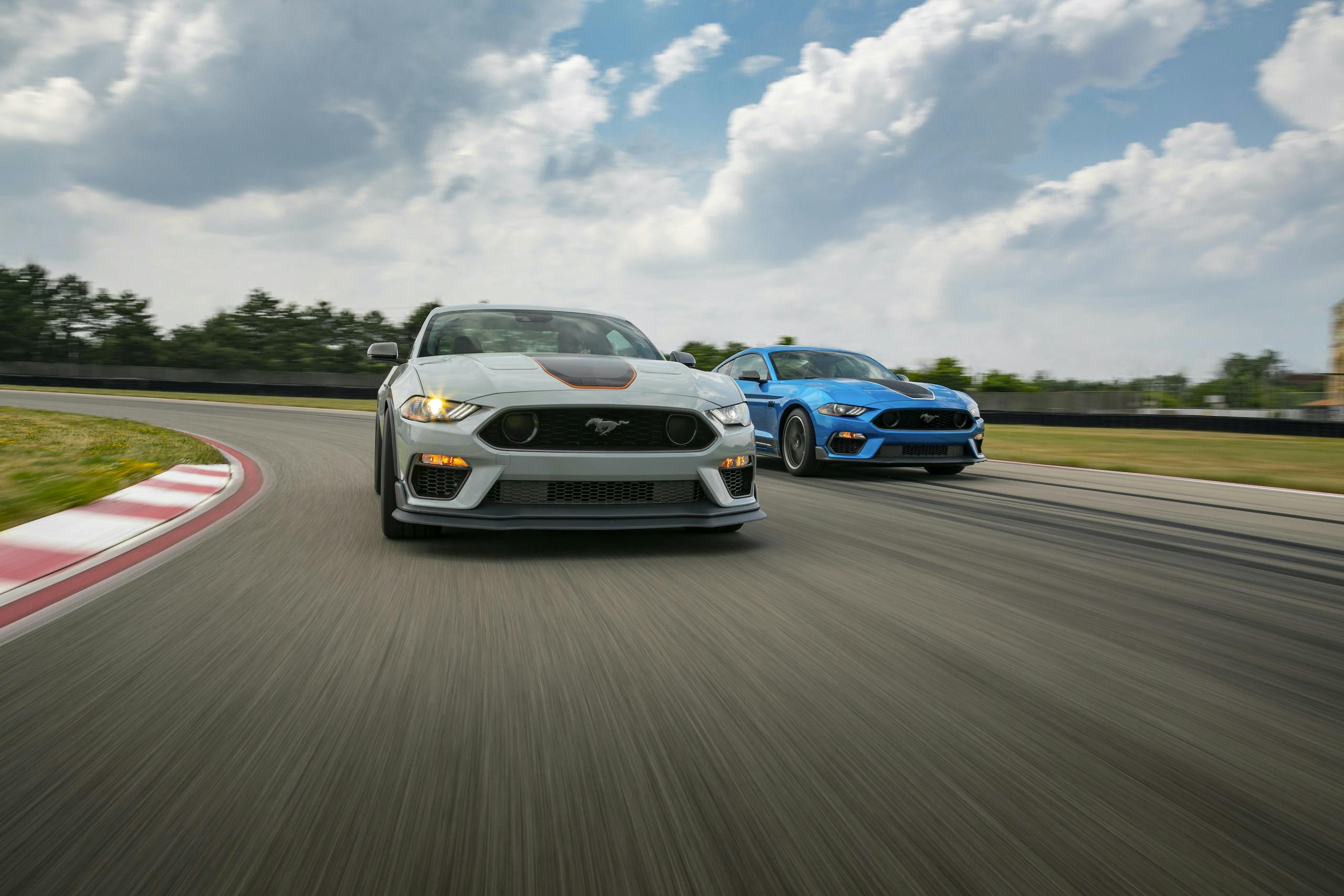
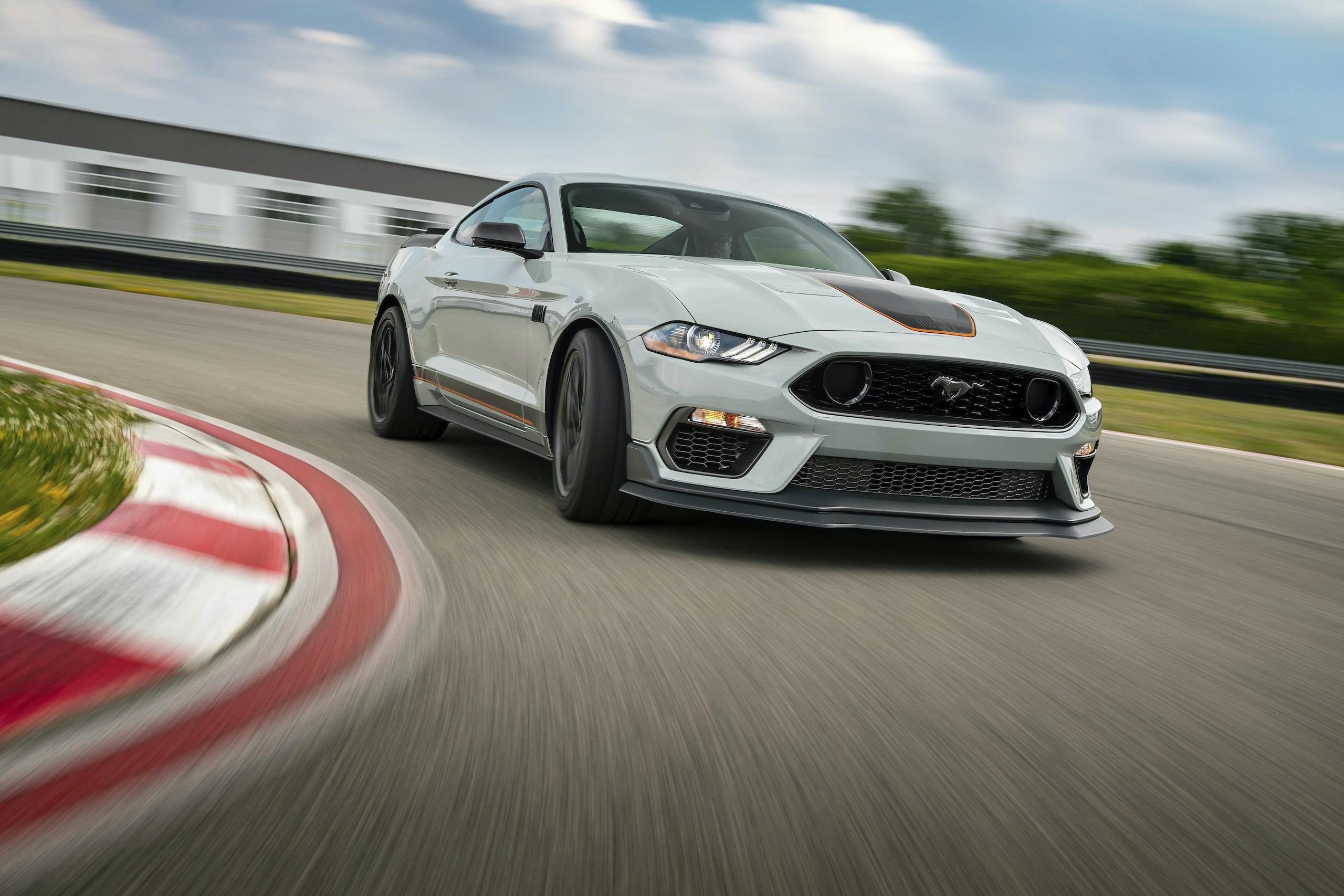

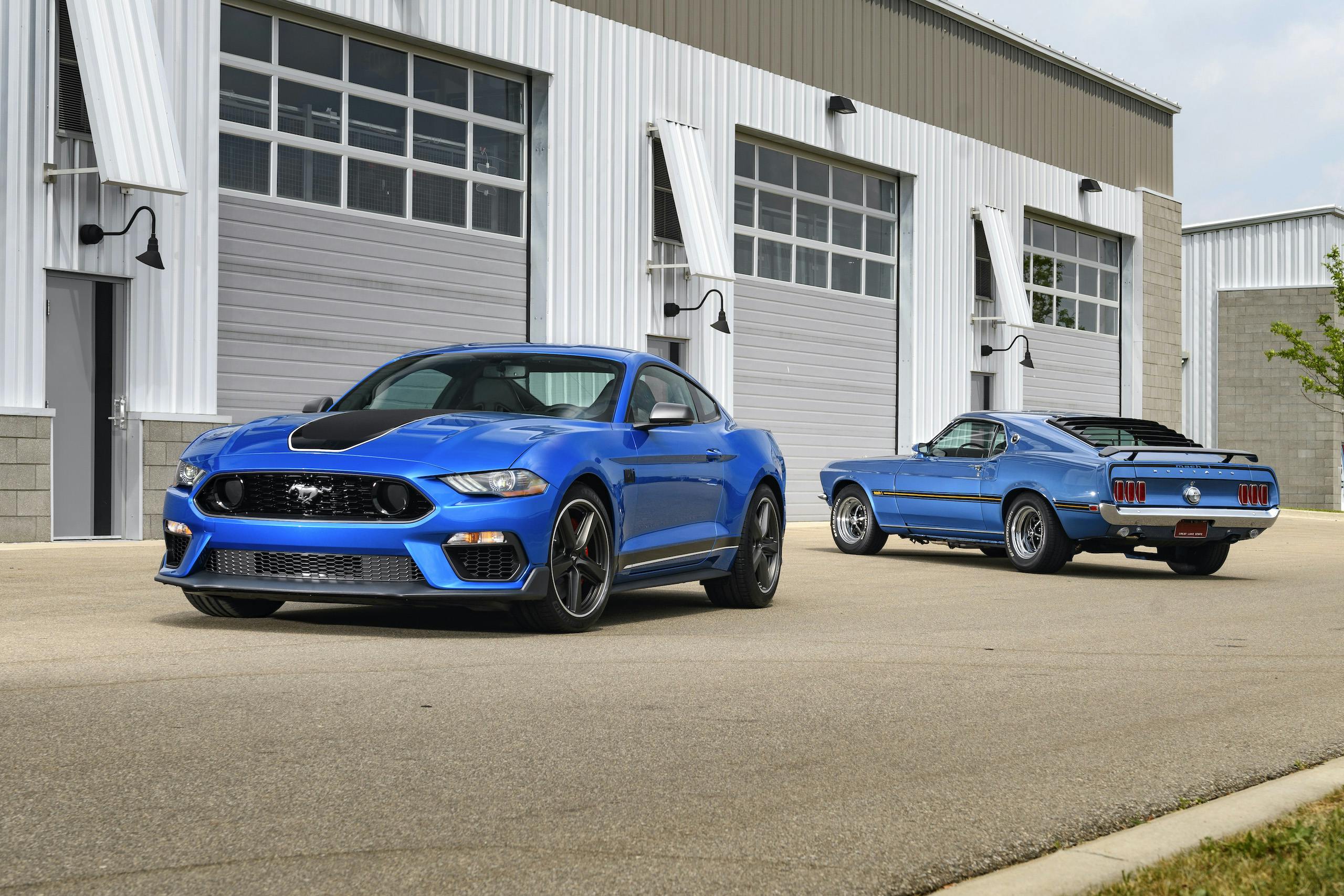


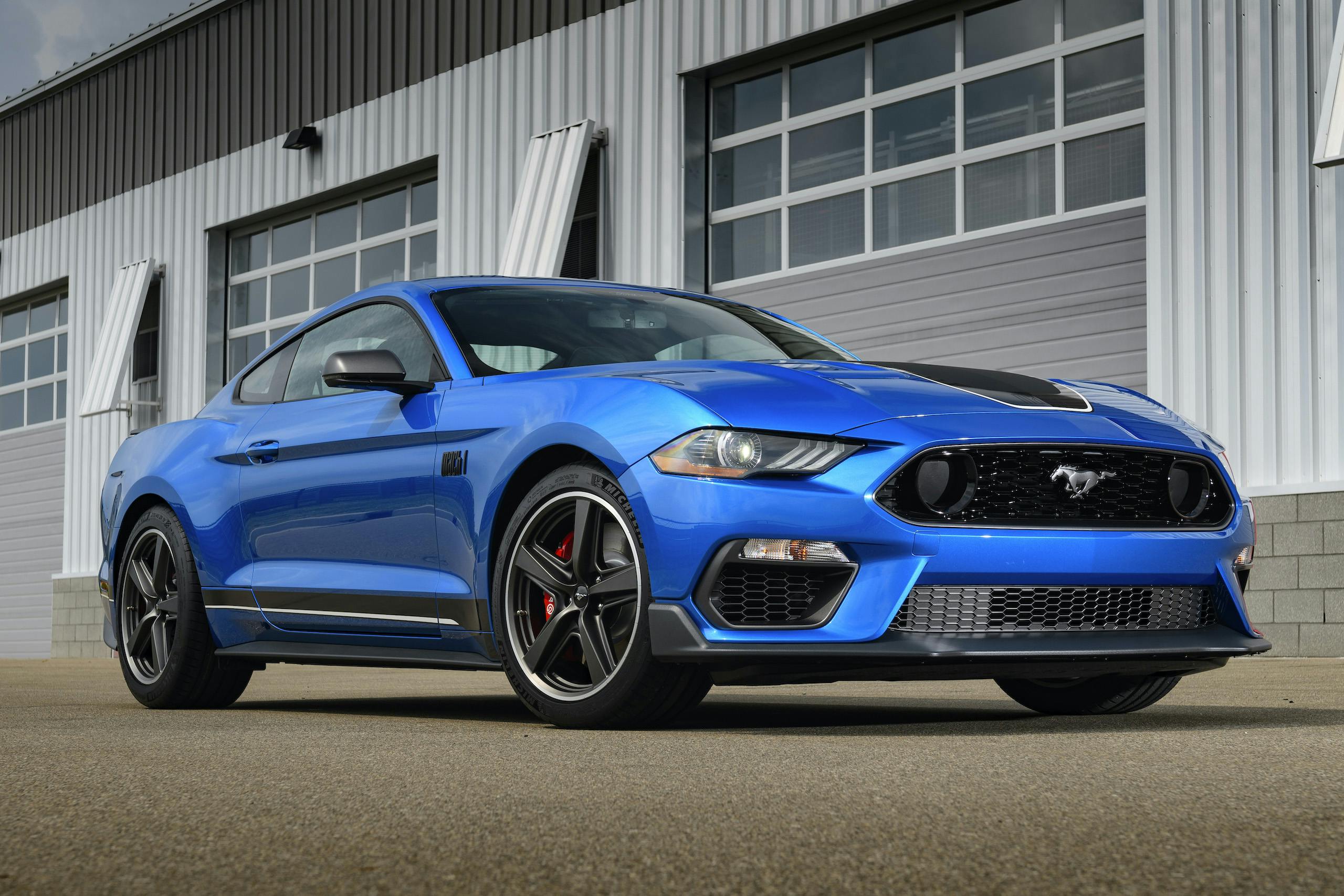
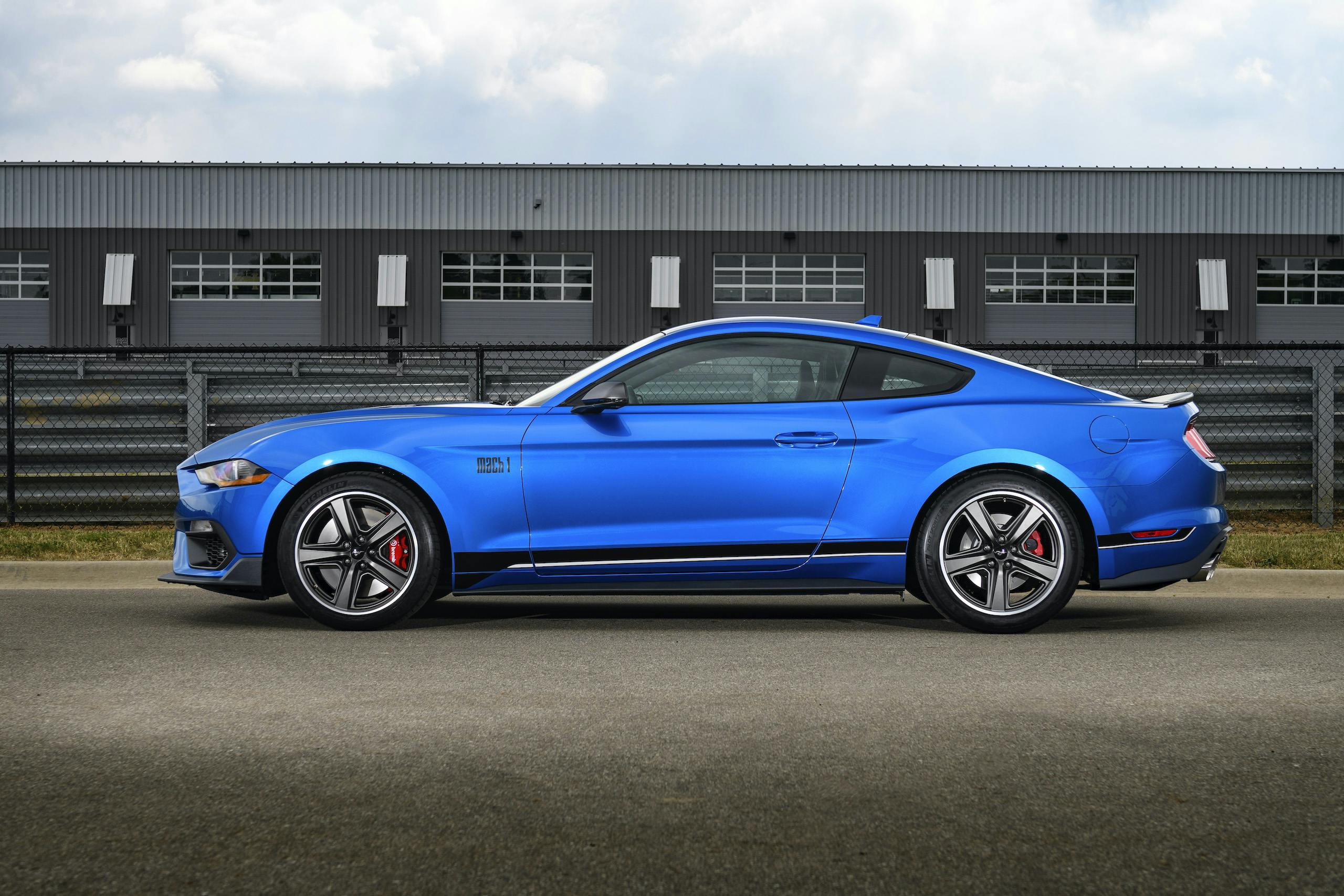
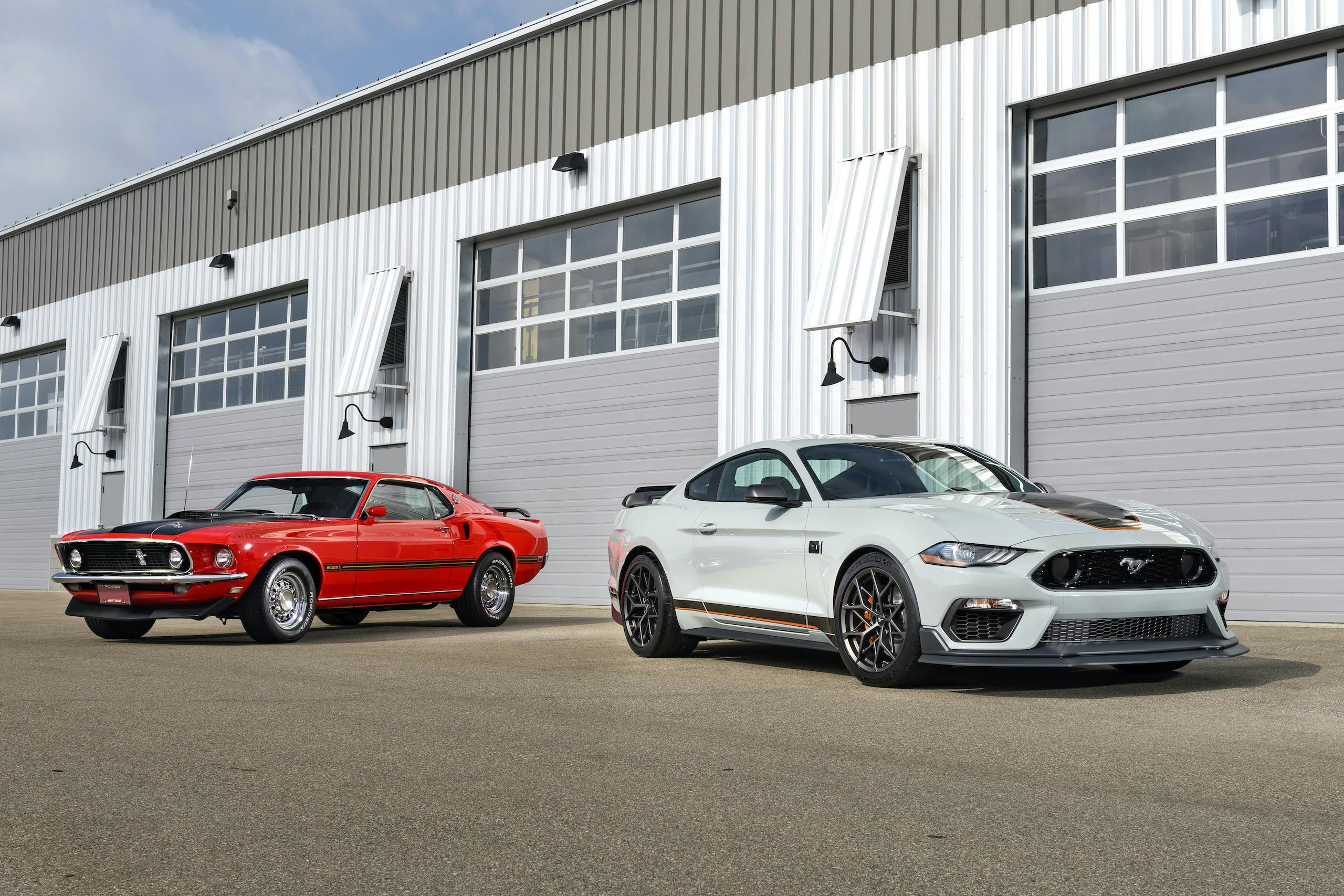















































I drove the 10 speed automatic at the Ford Performance driving school in sport mode and was amazed how the computer put the transmission in the right gear for corner entry or exit based on braking and throttle setting. The best feature of this car to me was the stopping power of those brembo brakes. It is a great car to drive on the street or the track and can be easily adapted to both scenarios with the flip of a few switches!